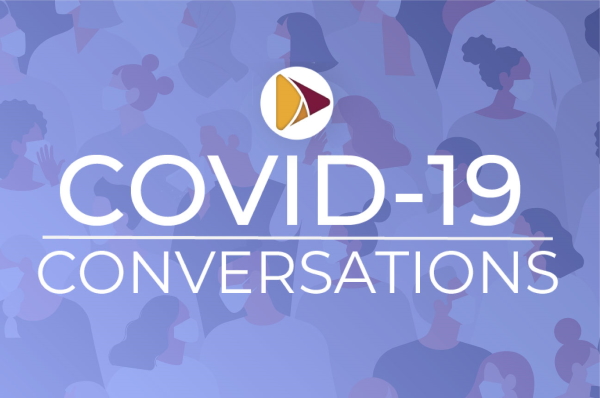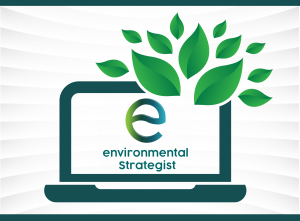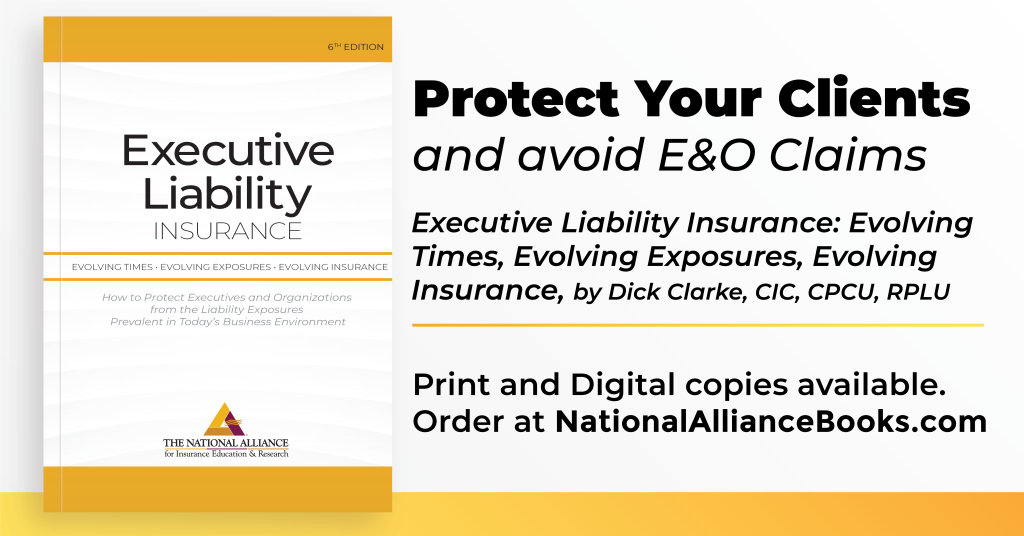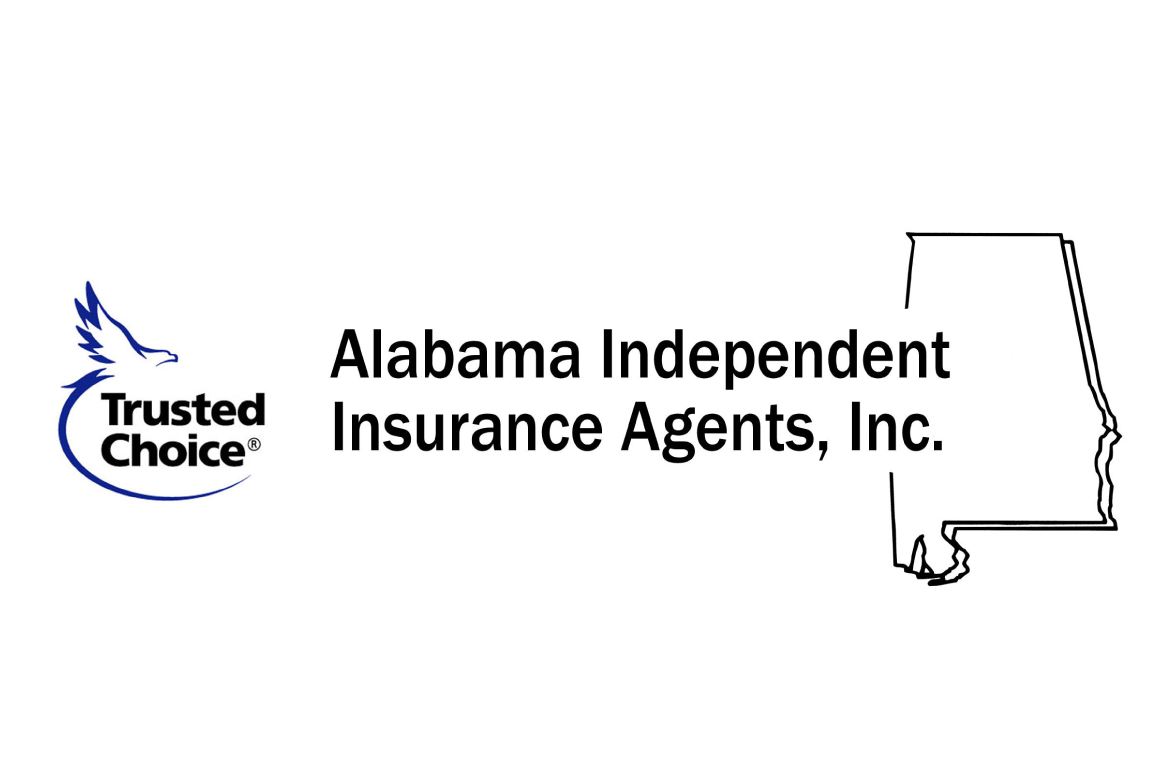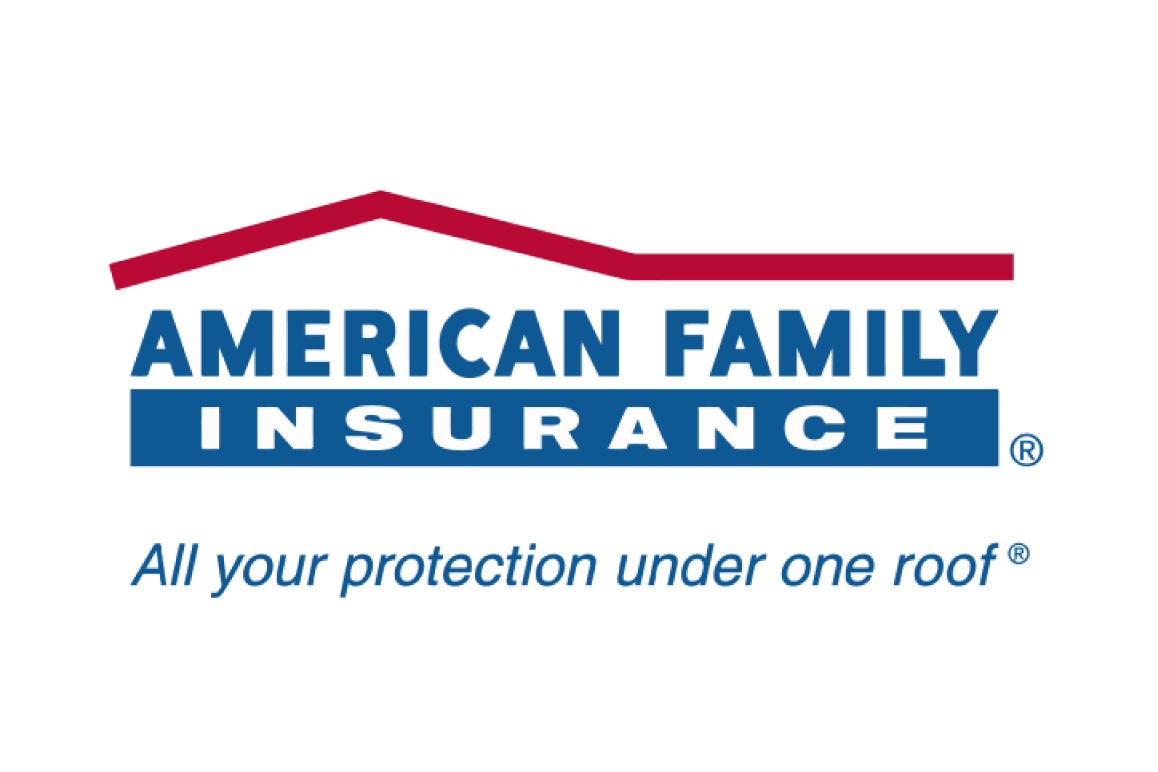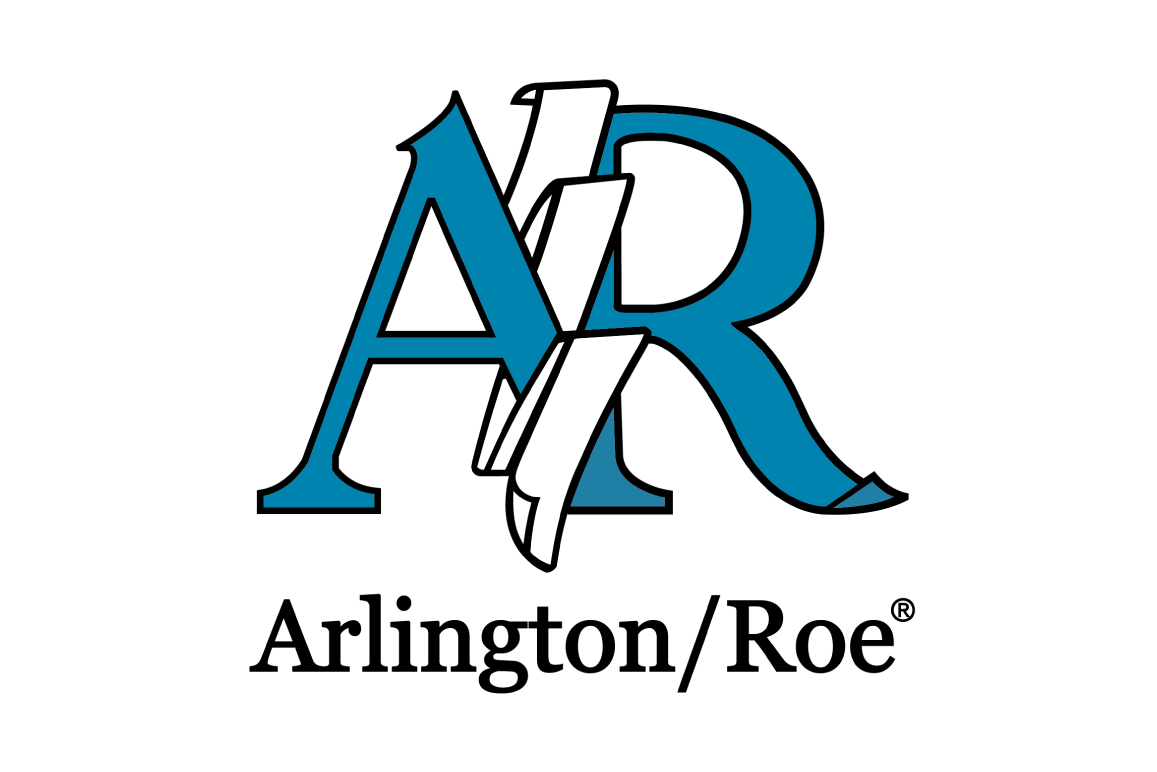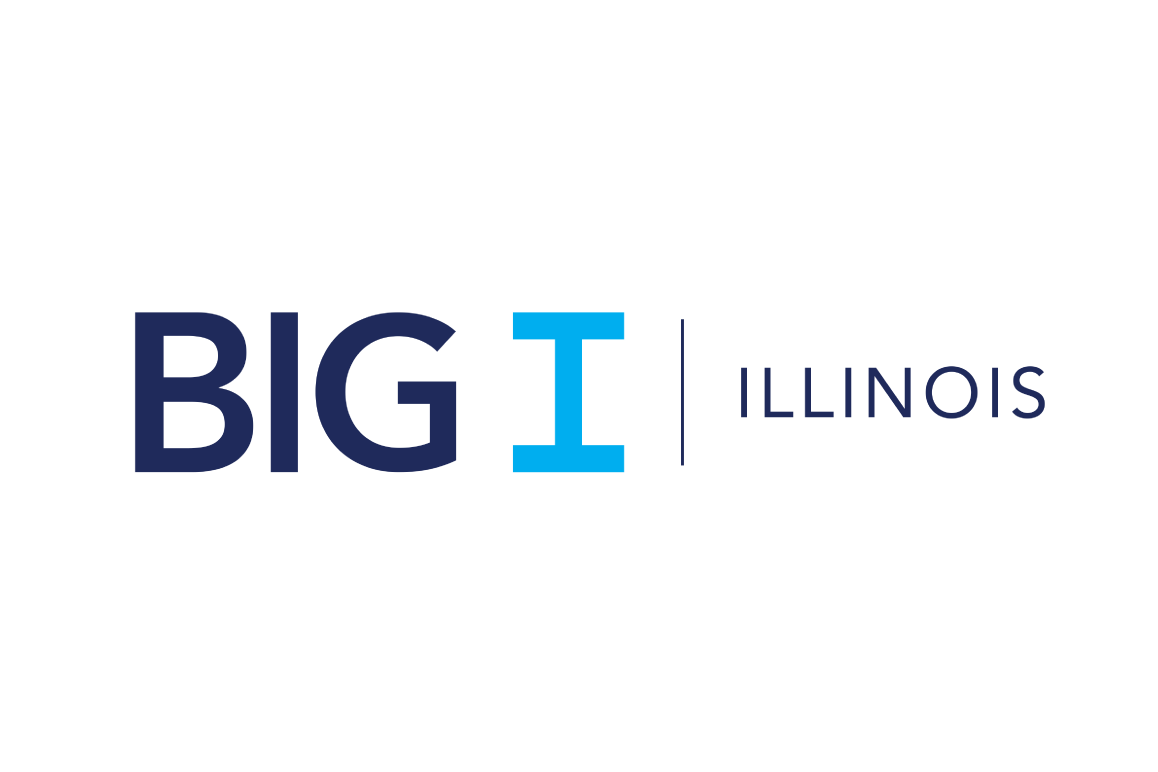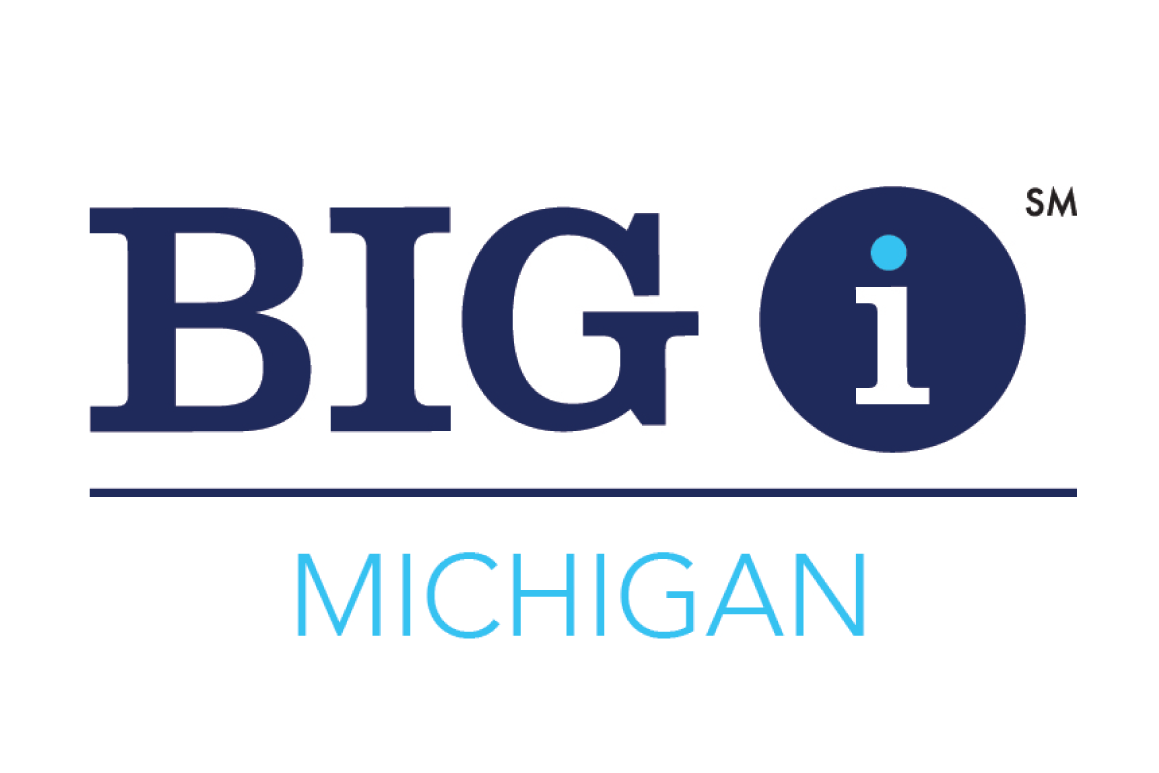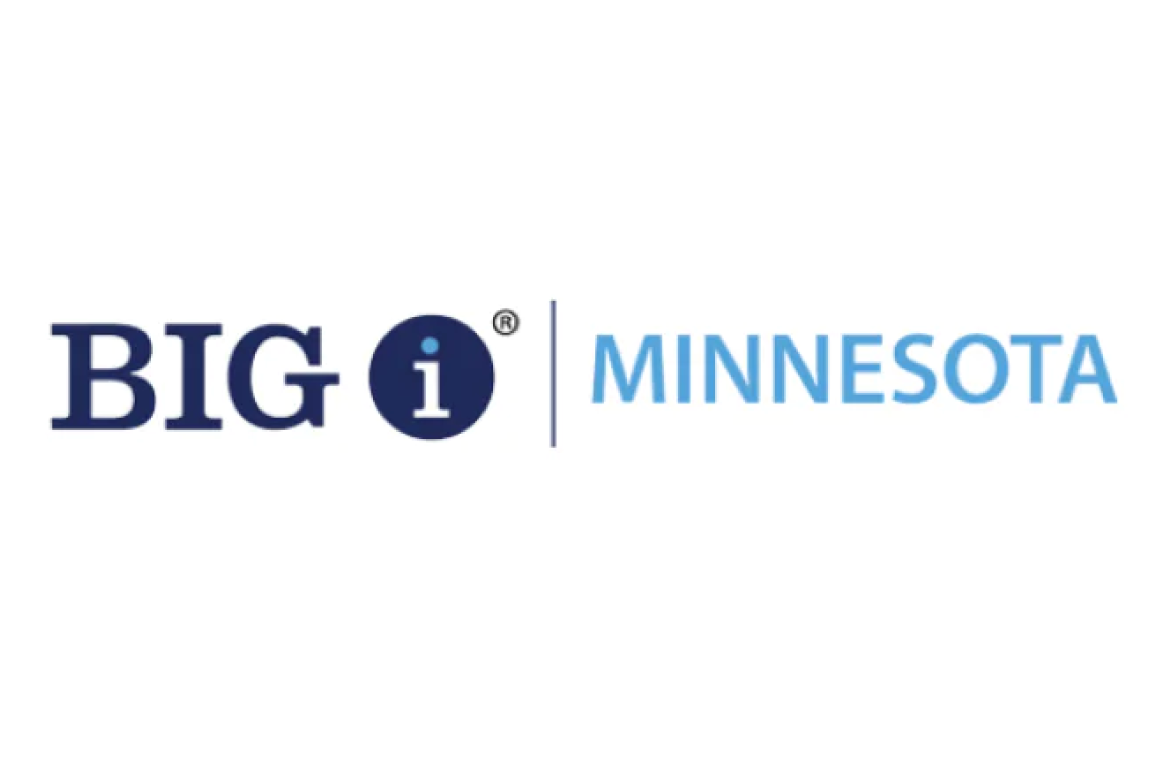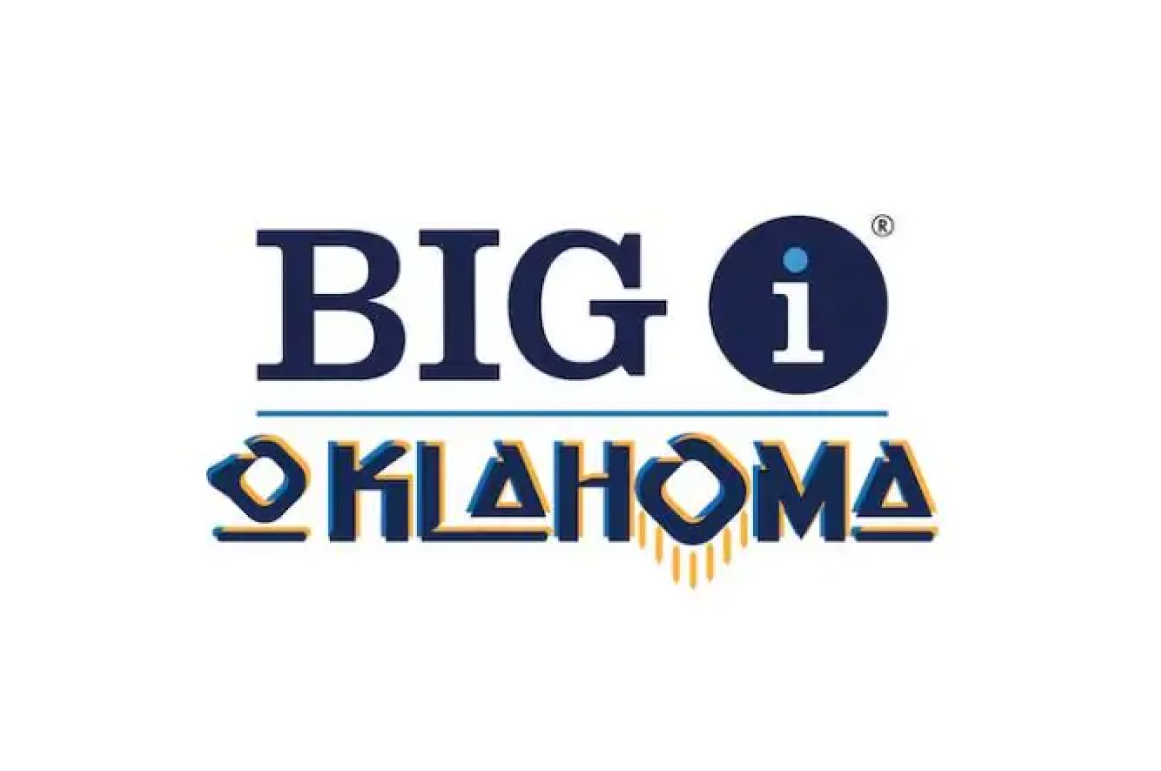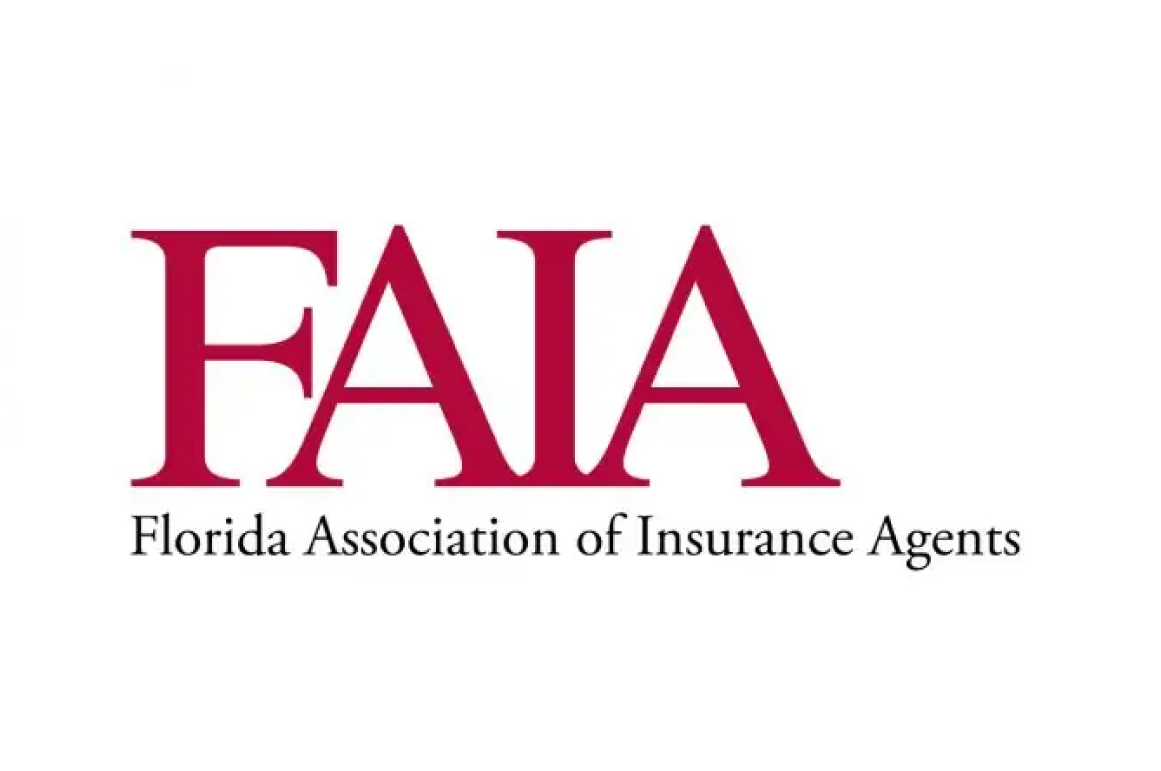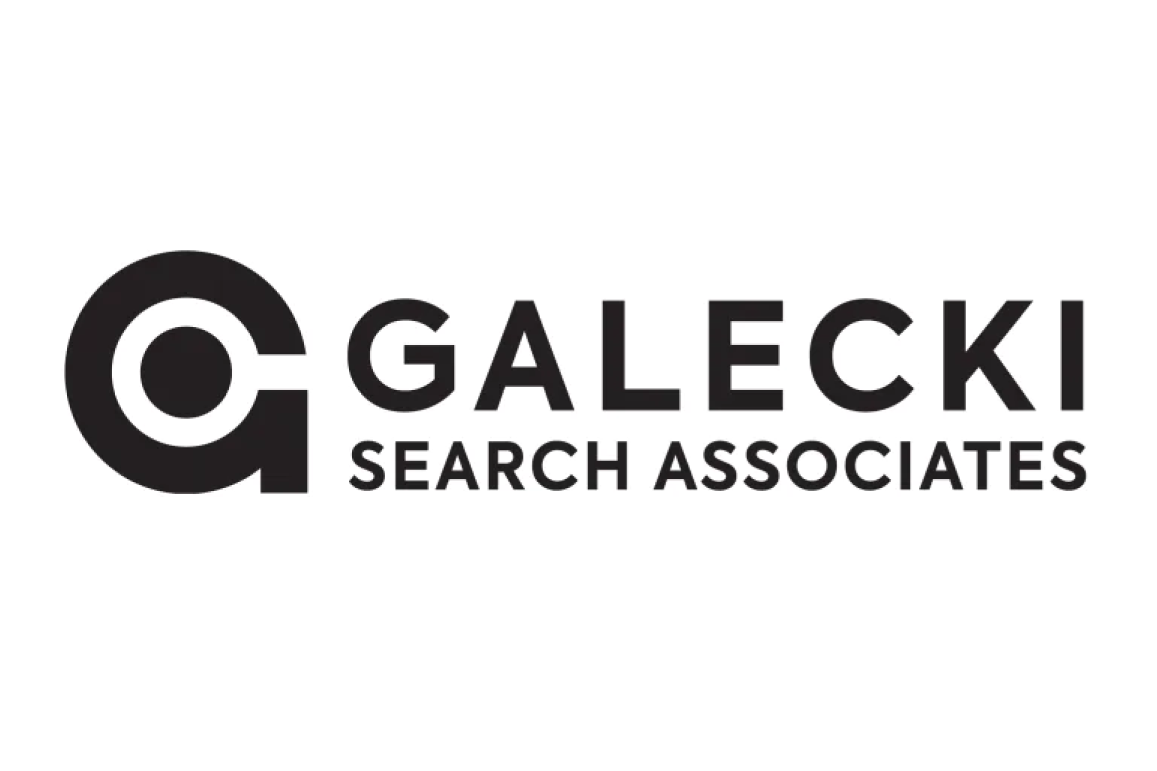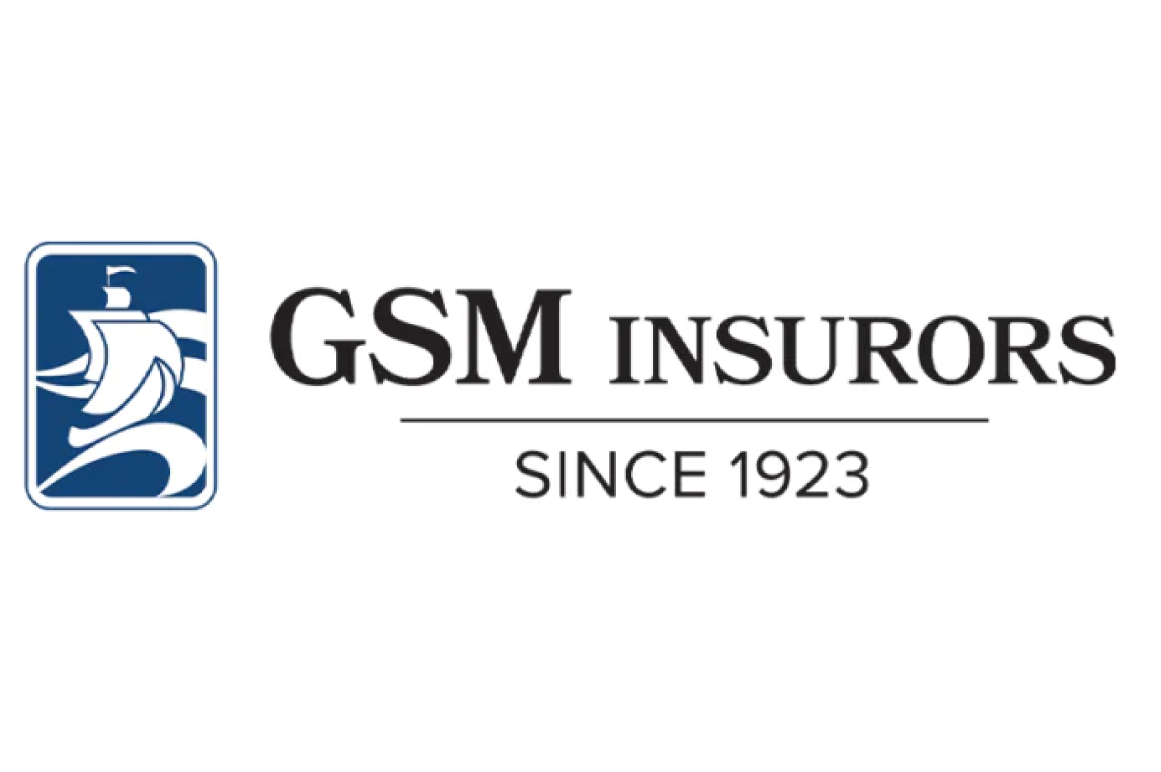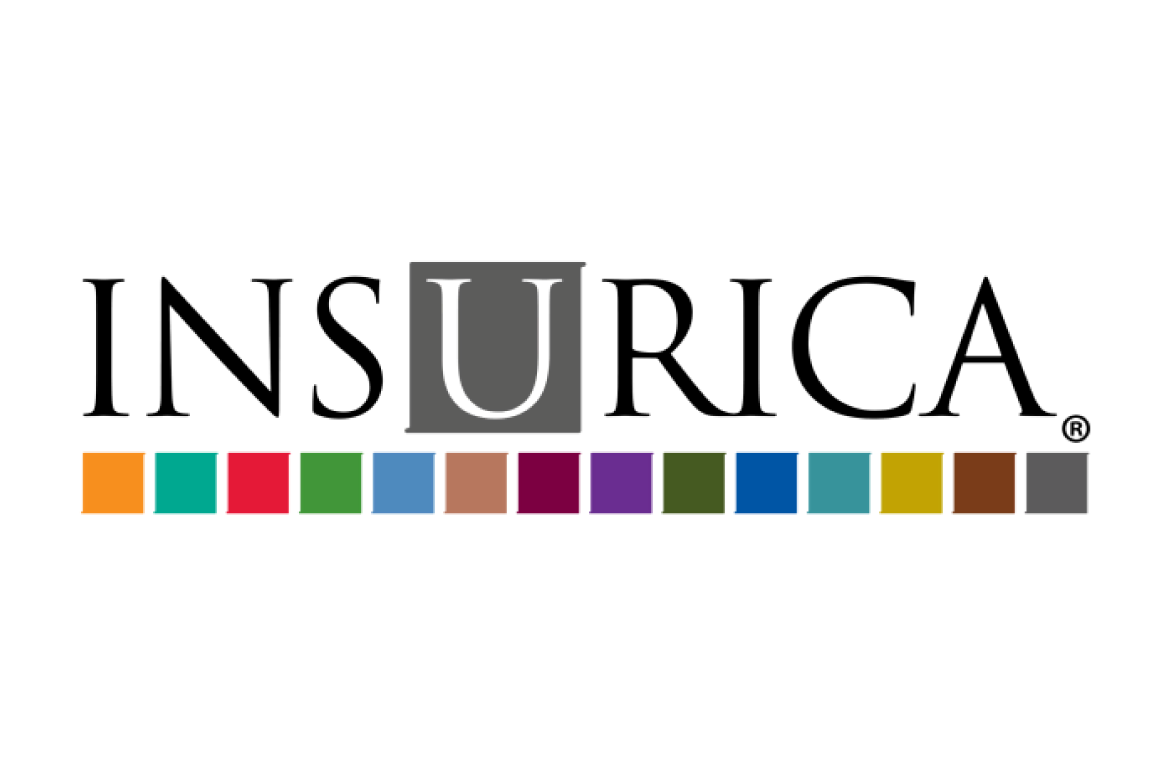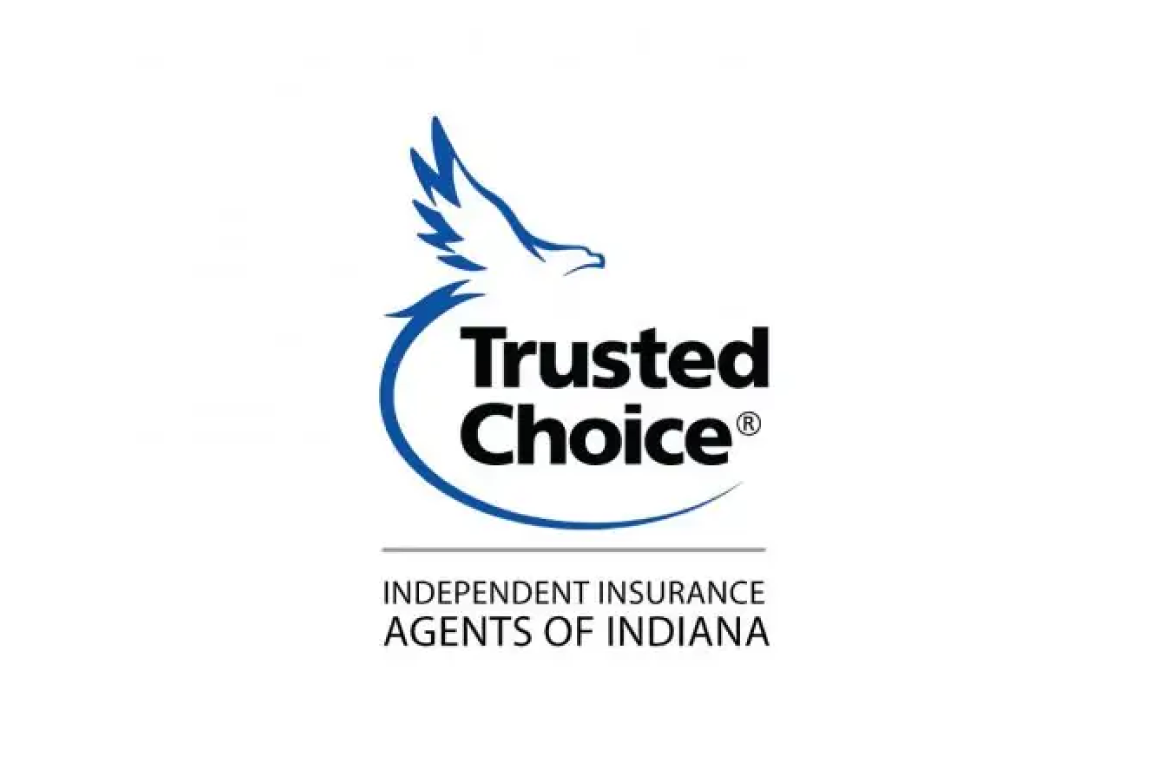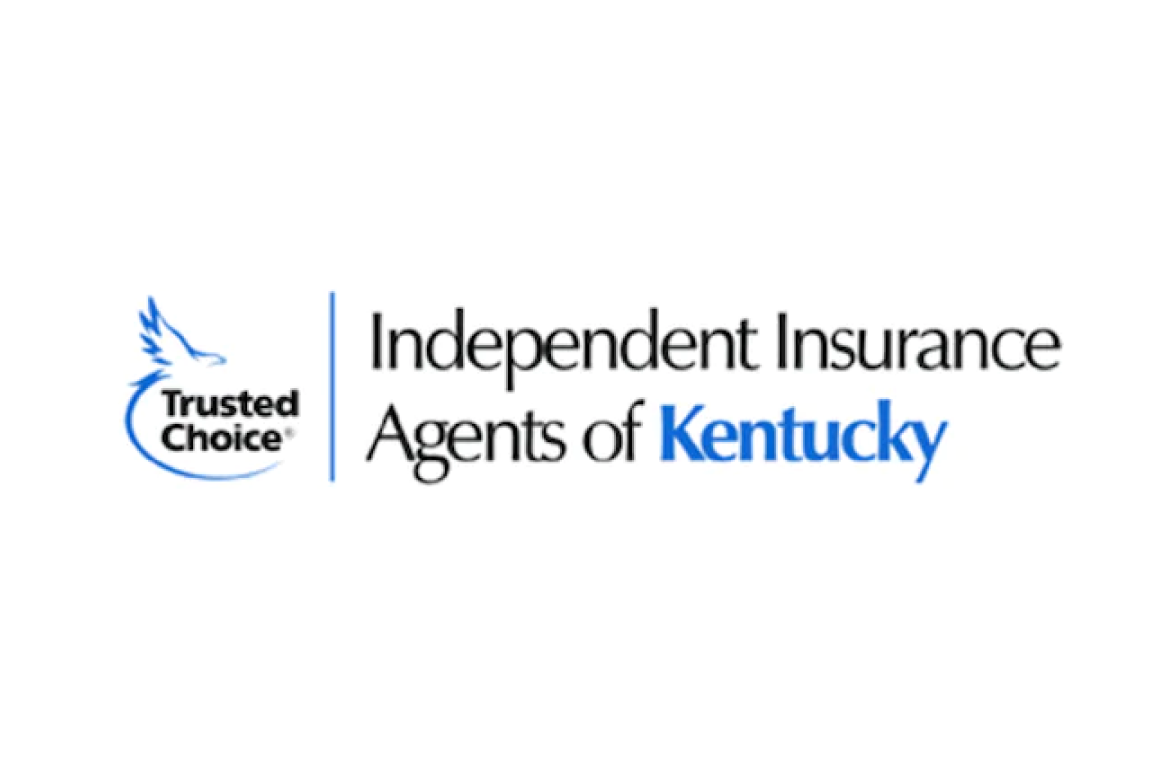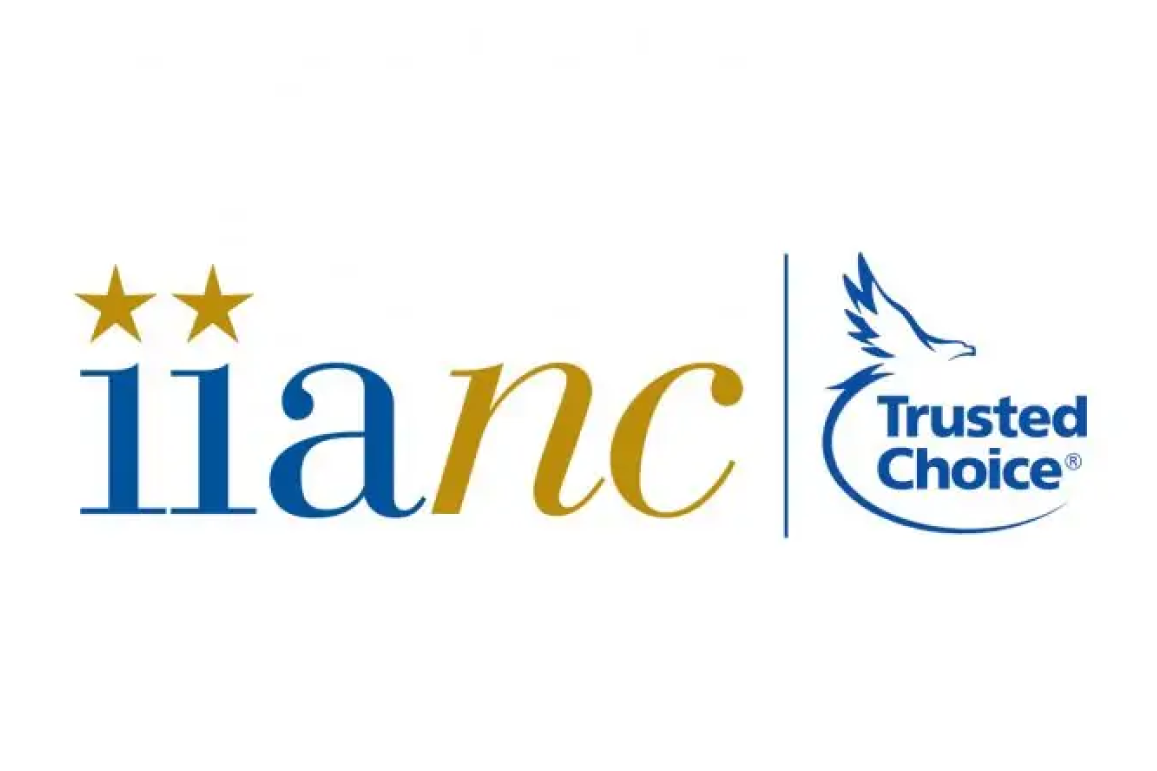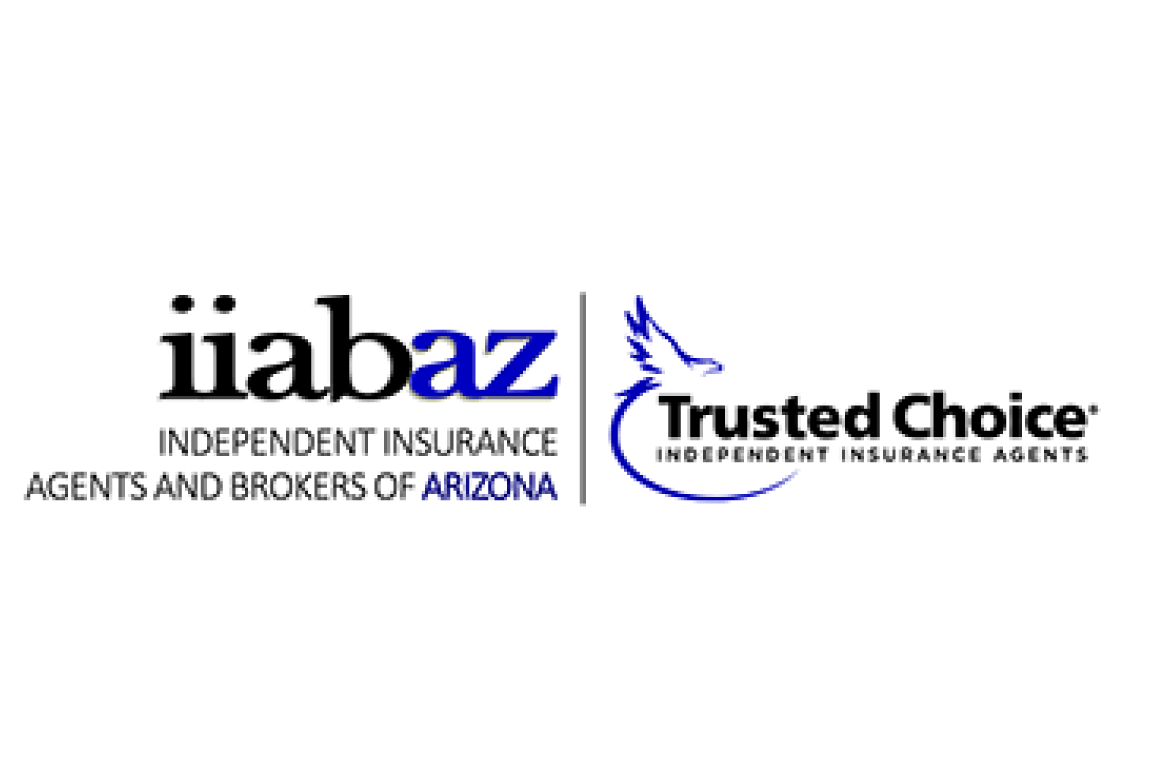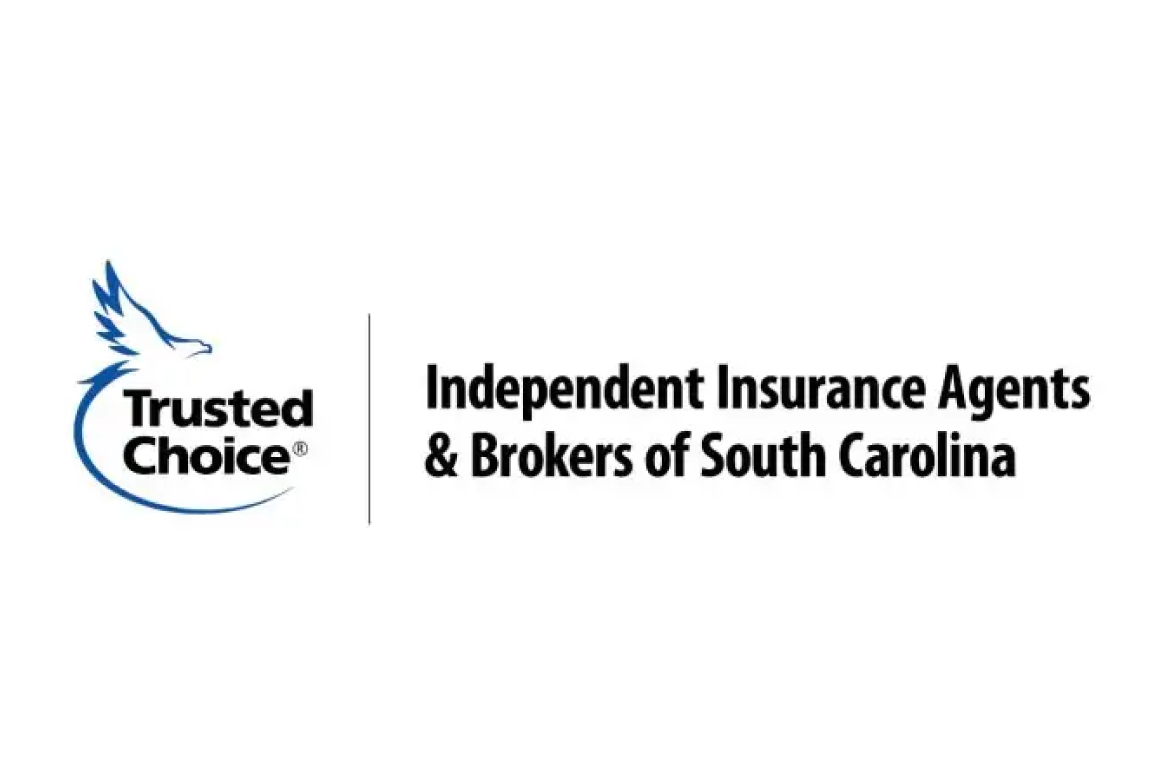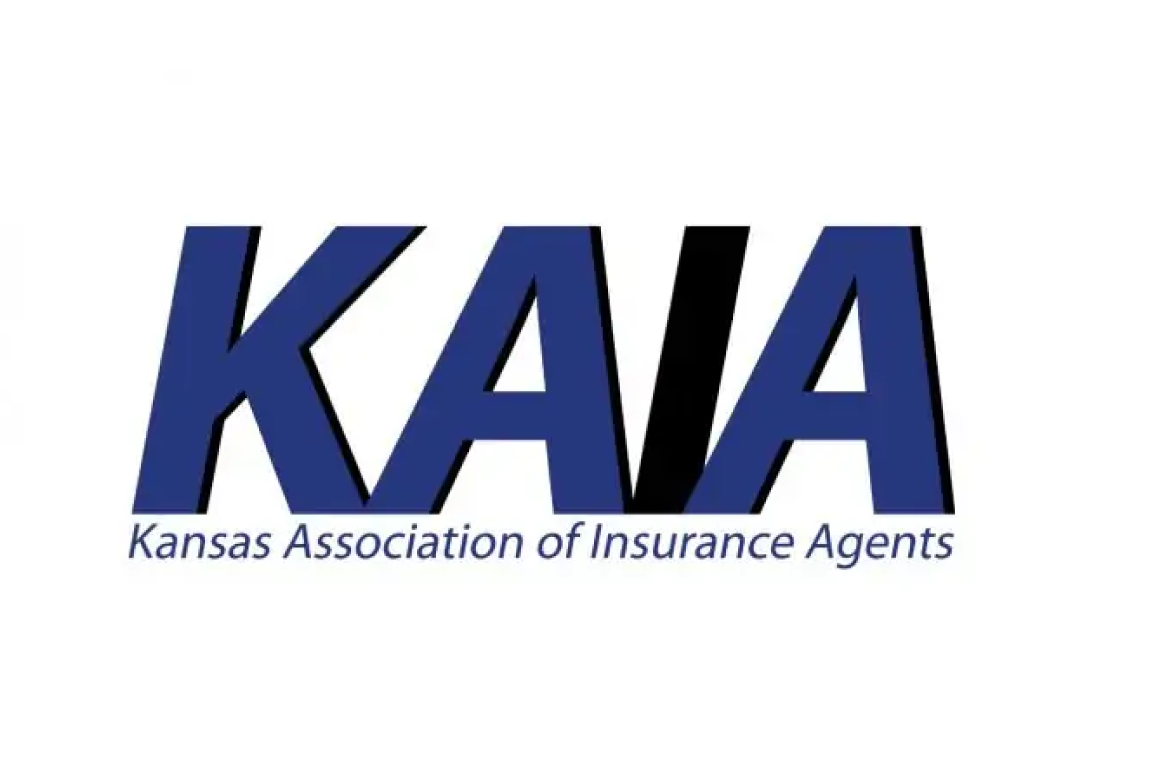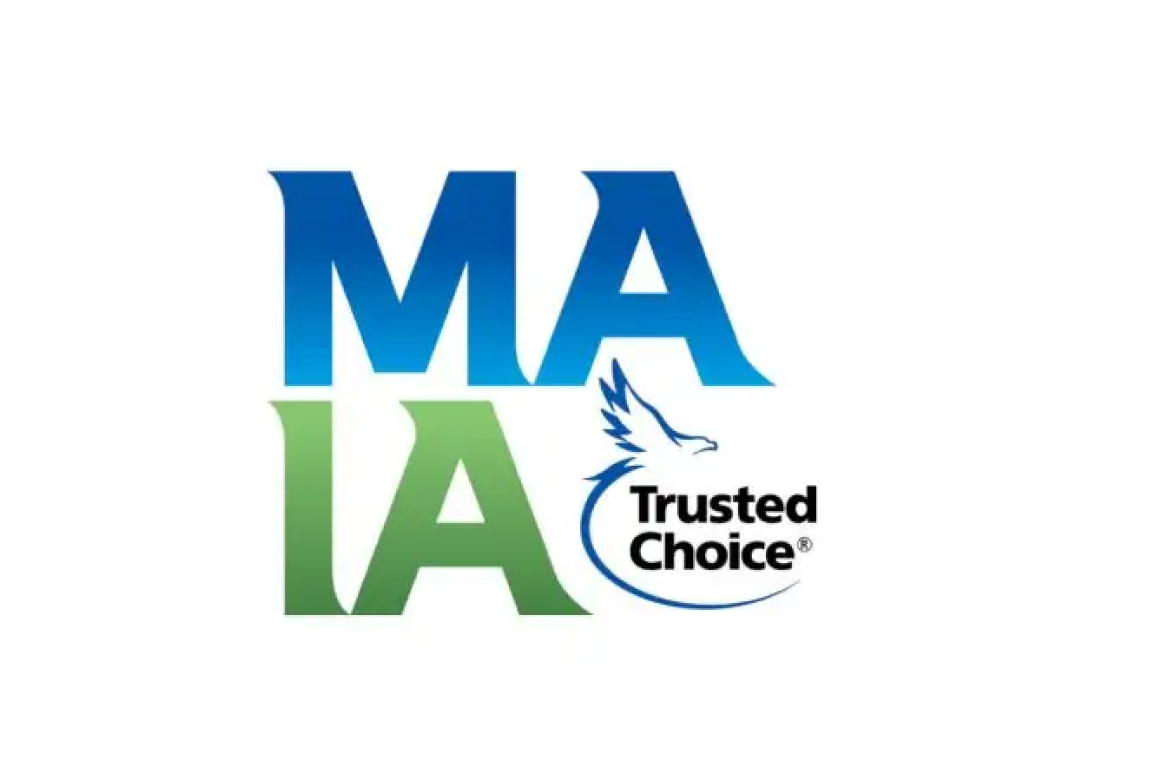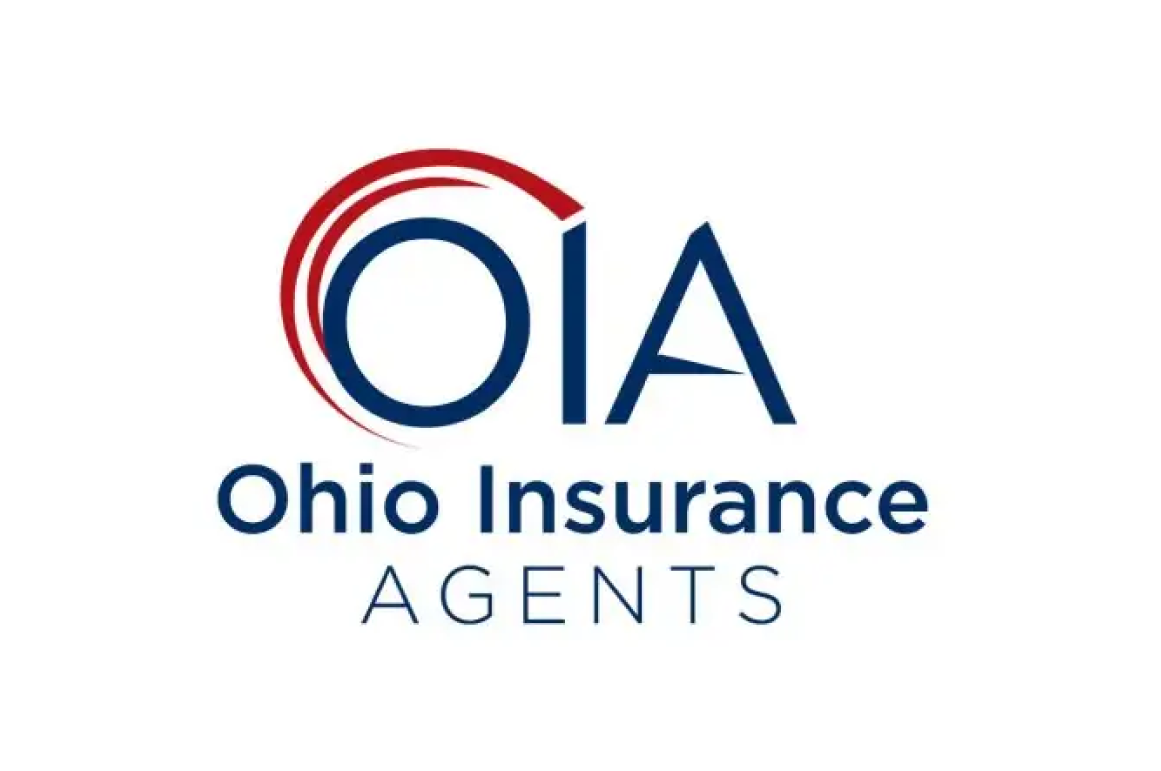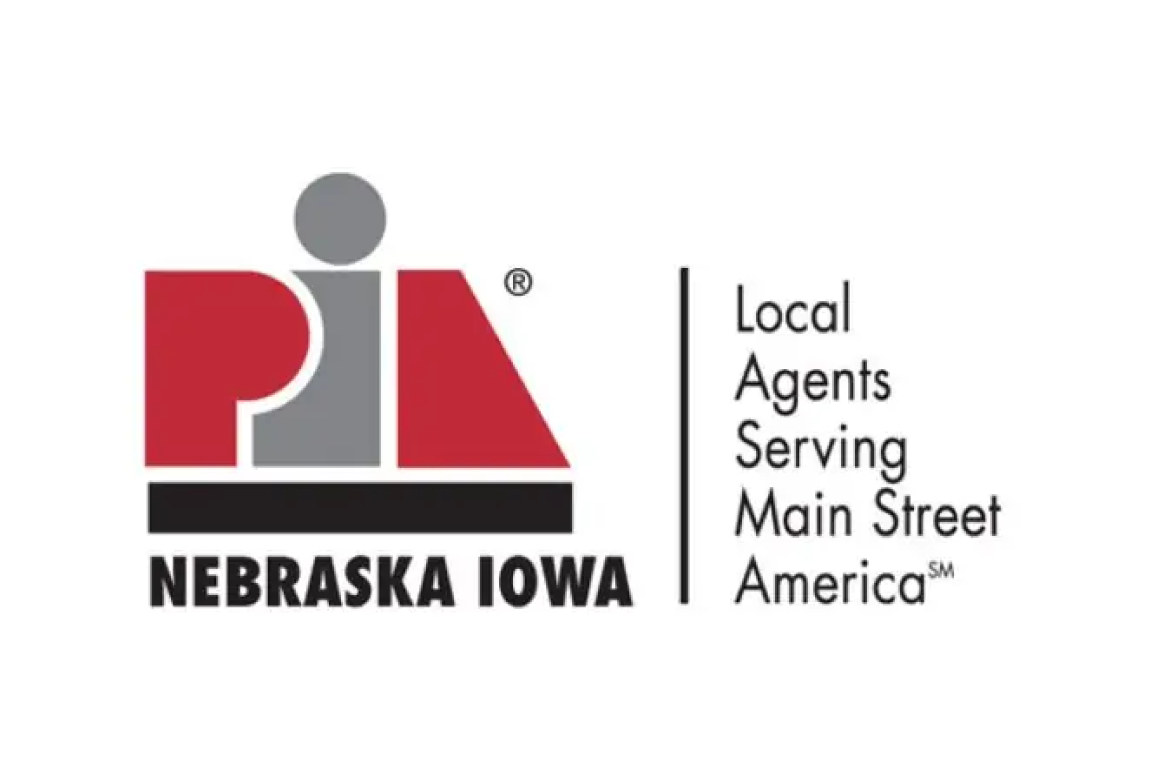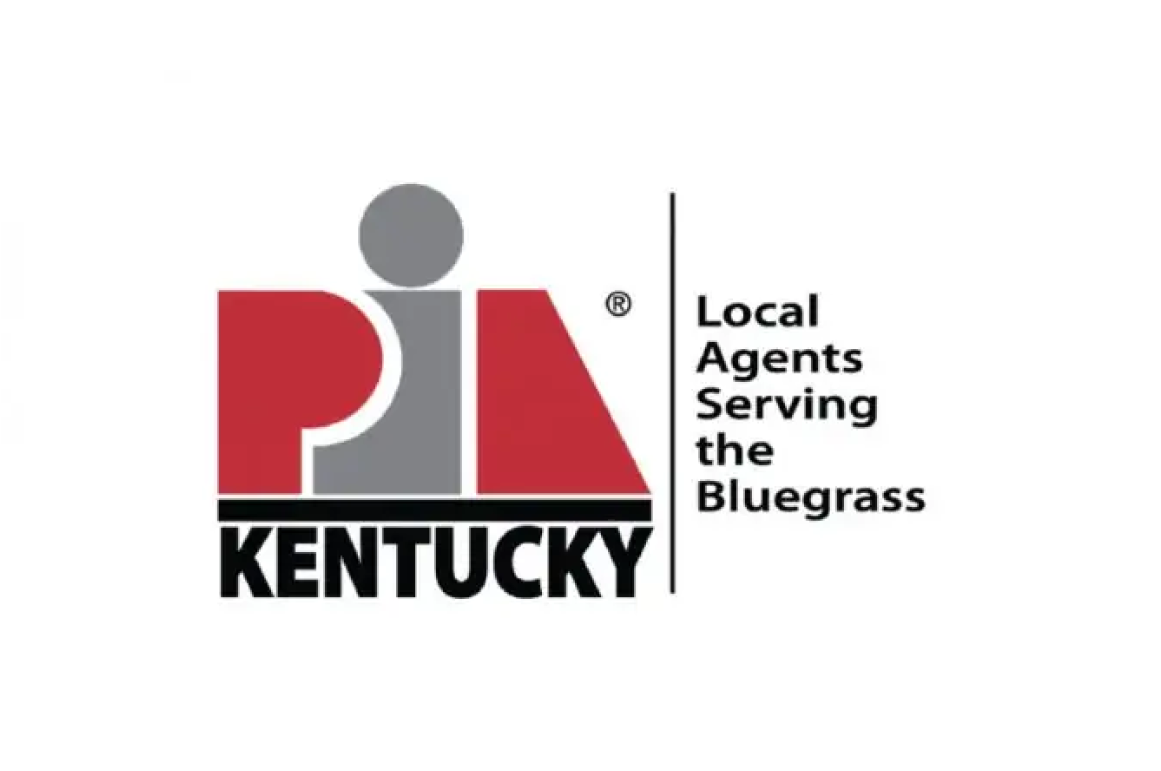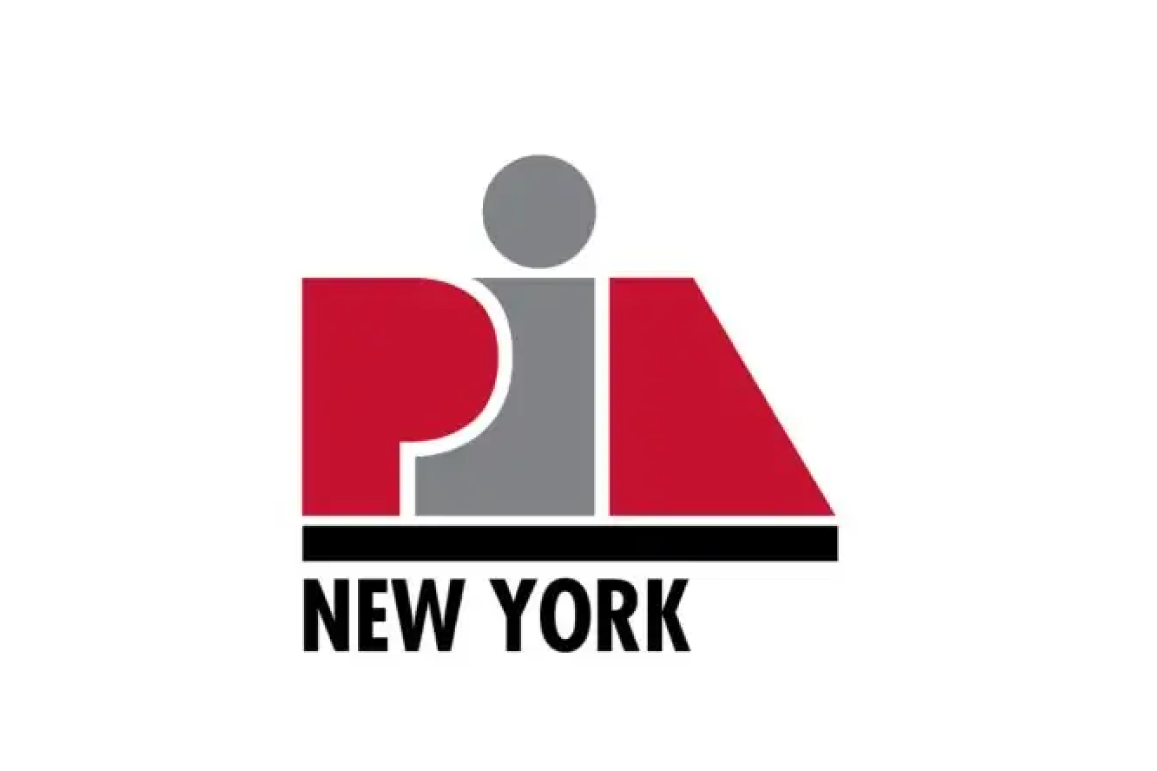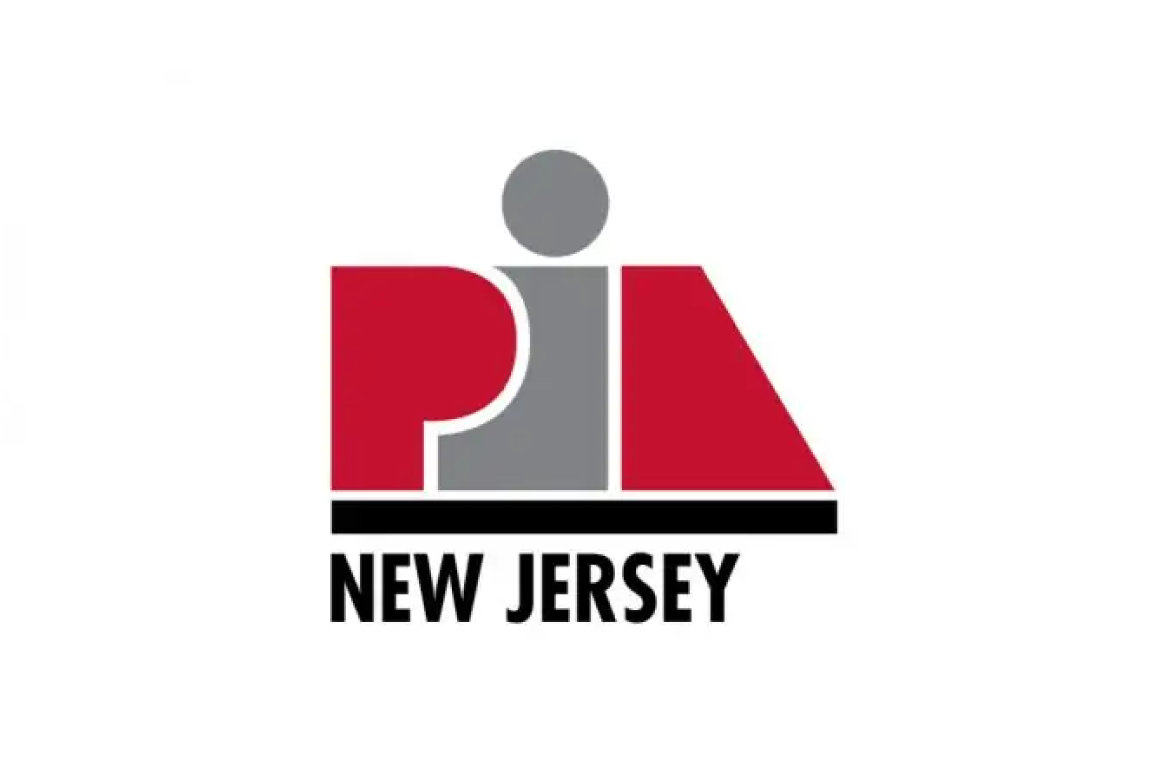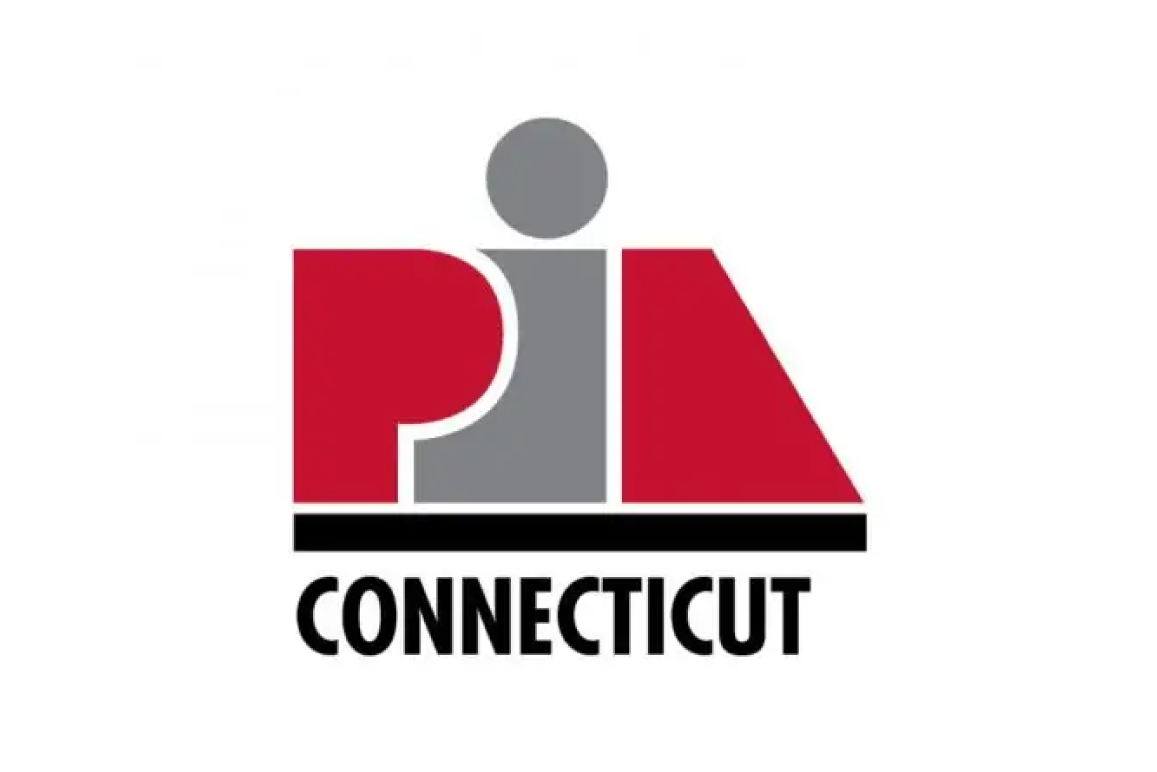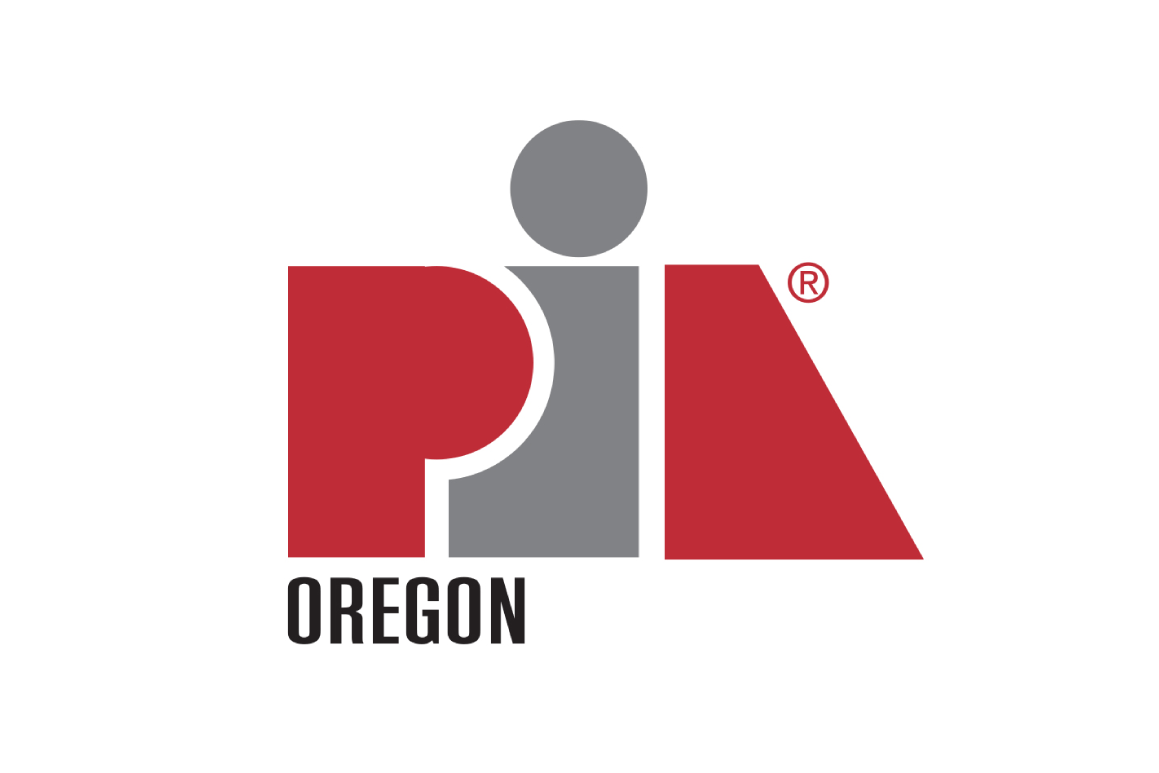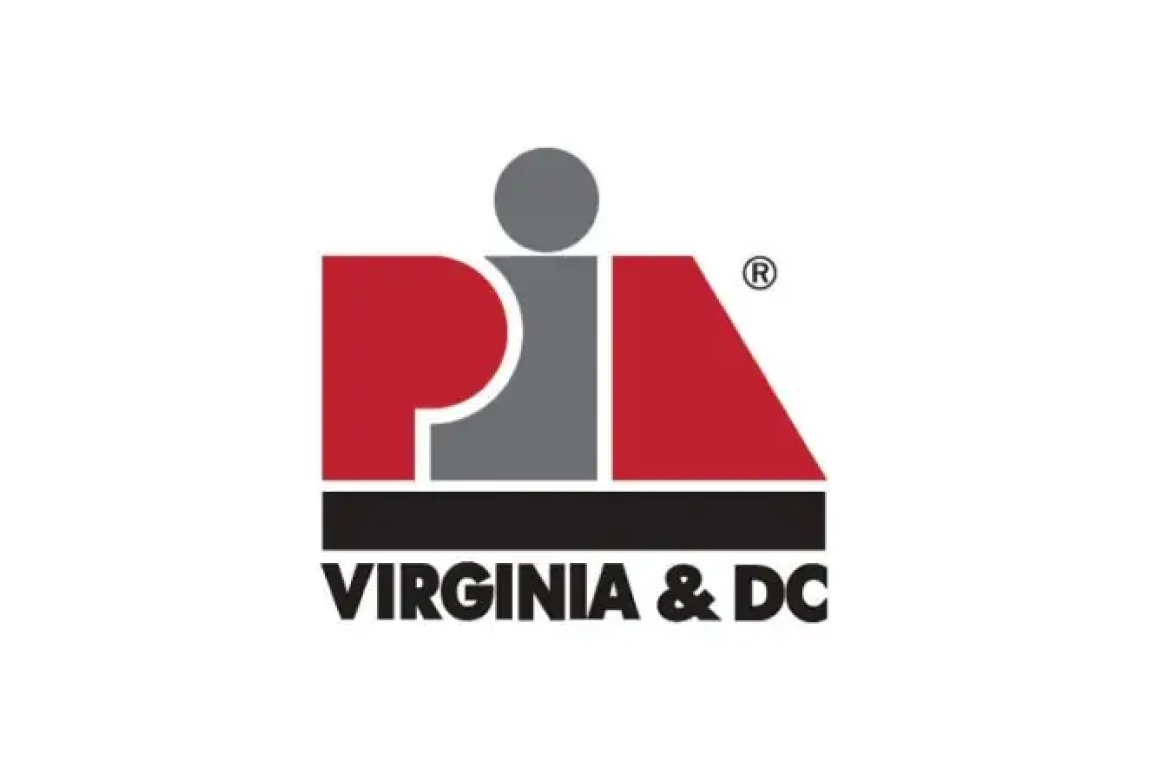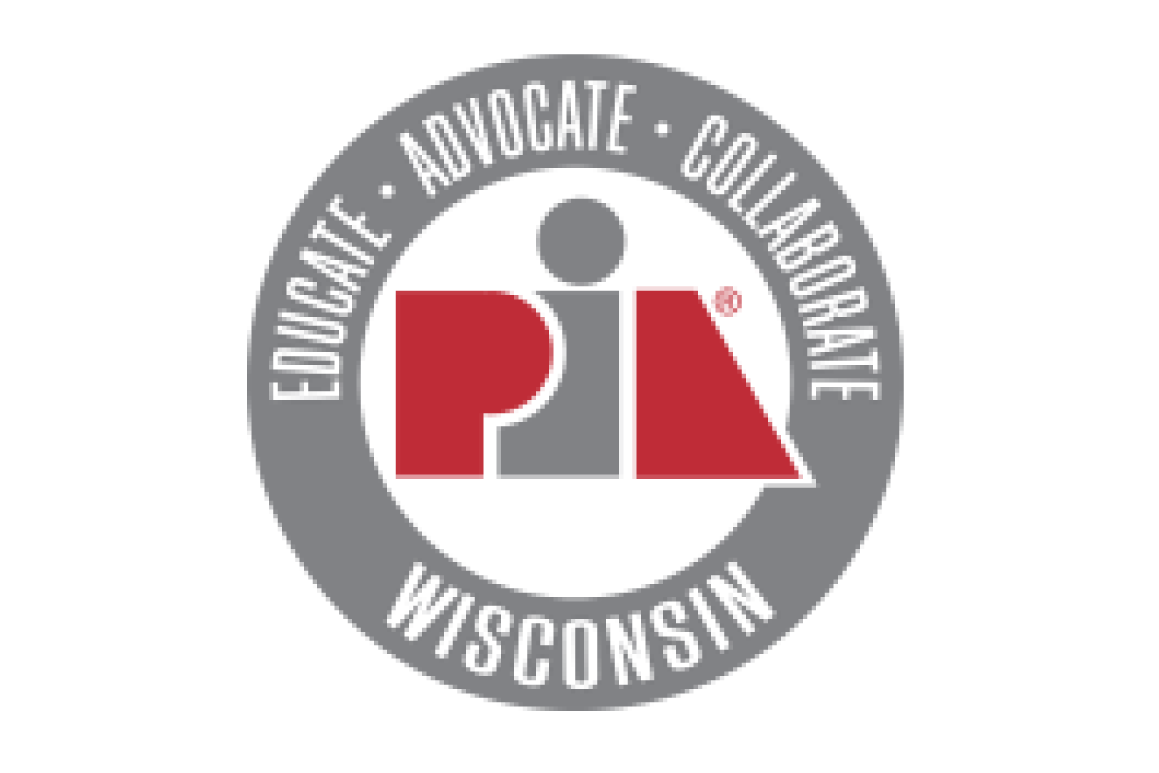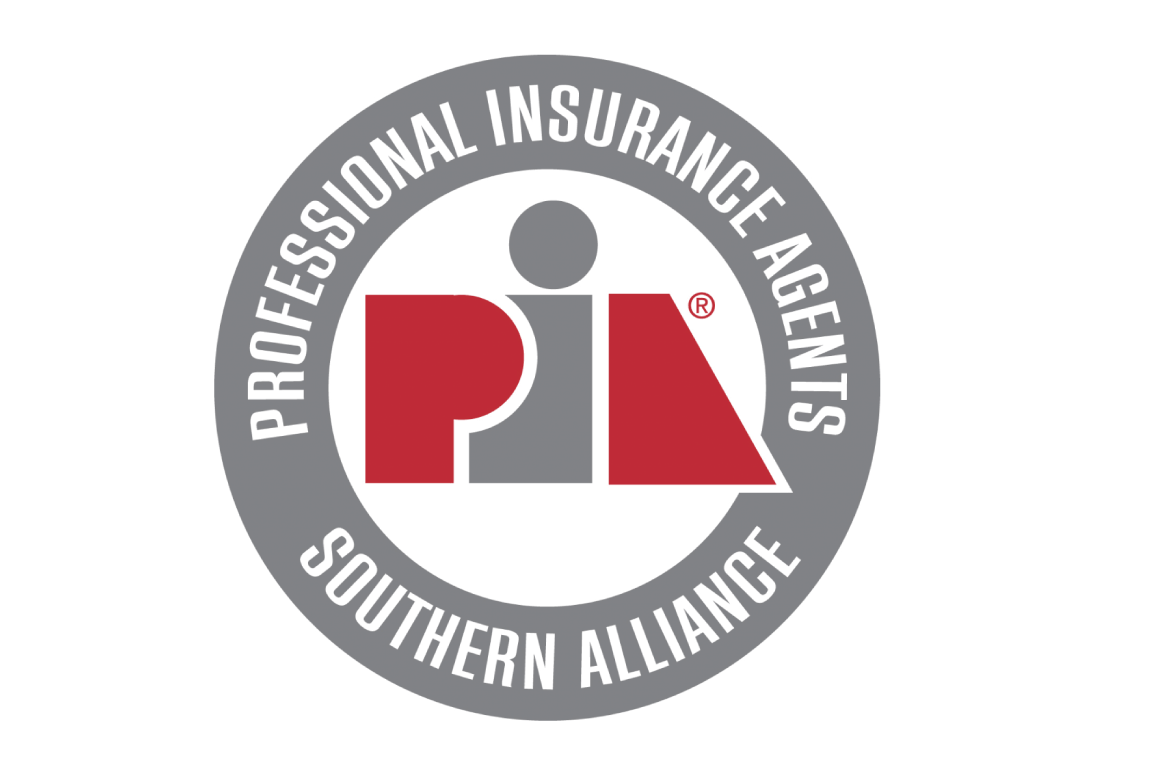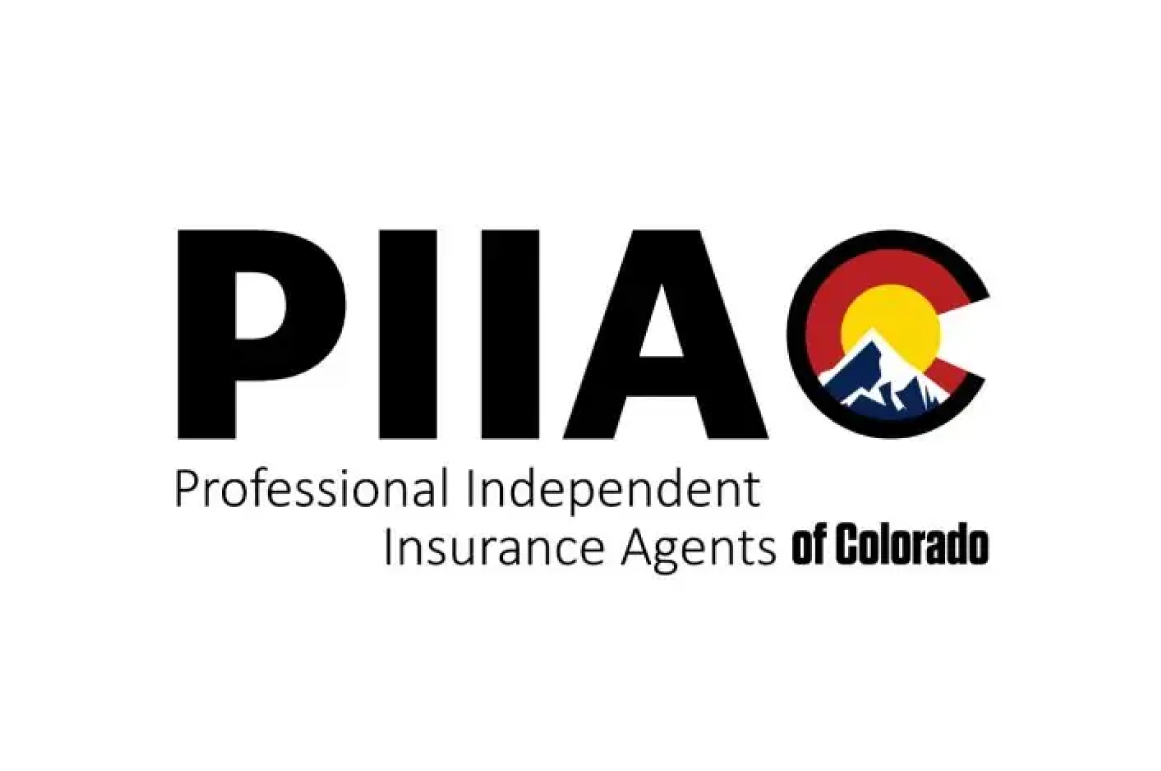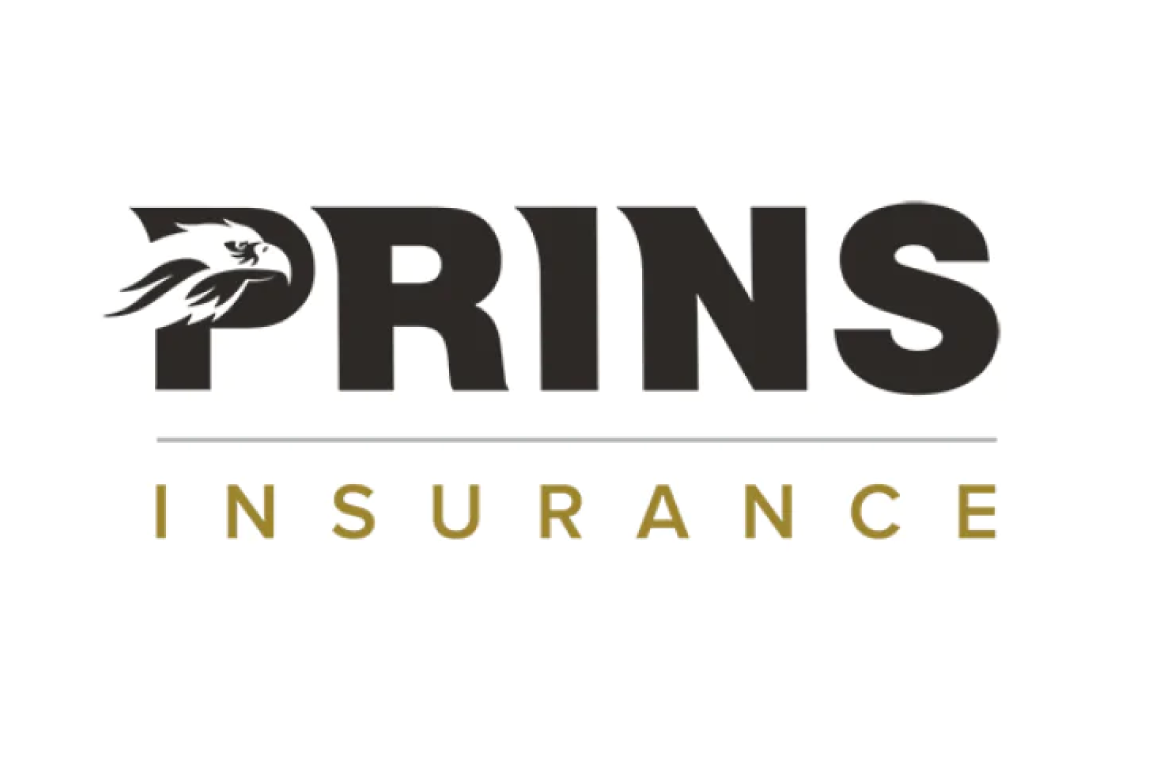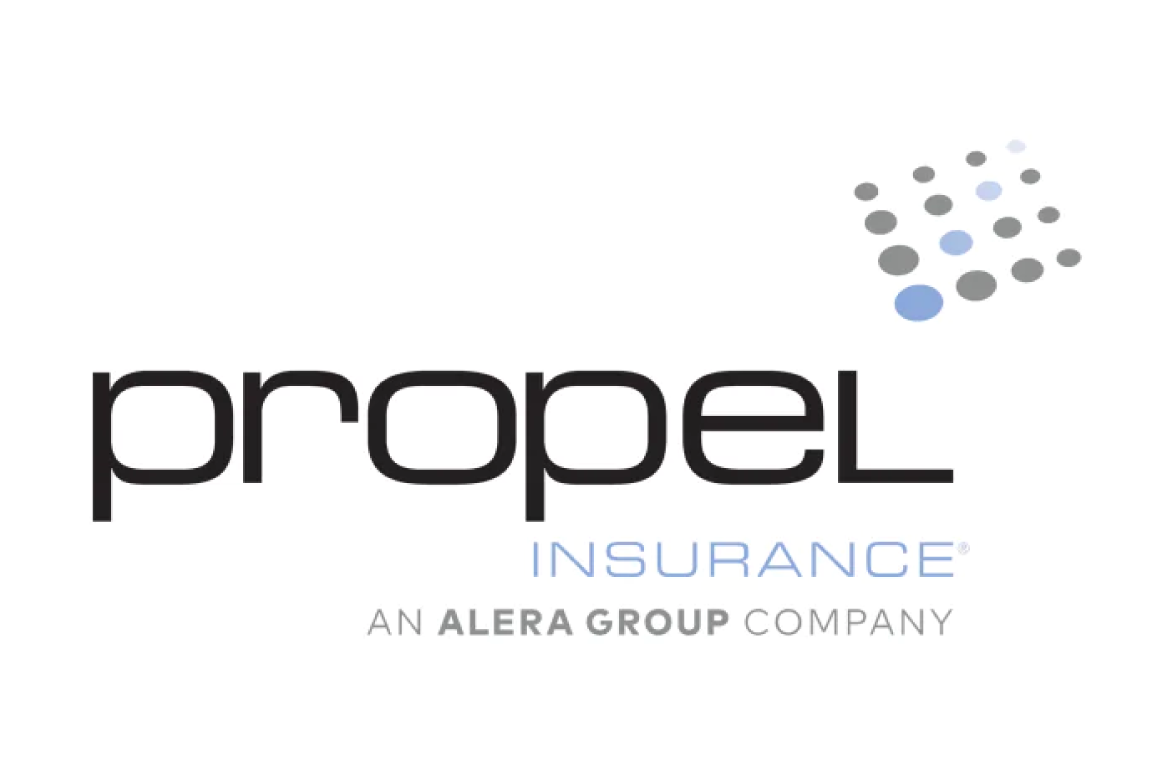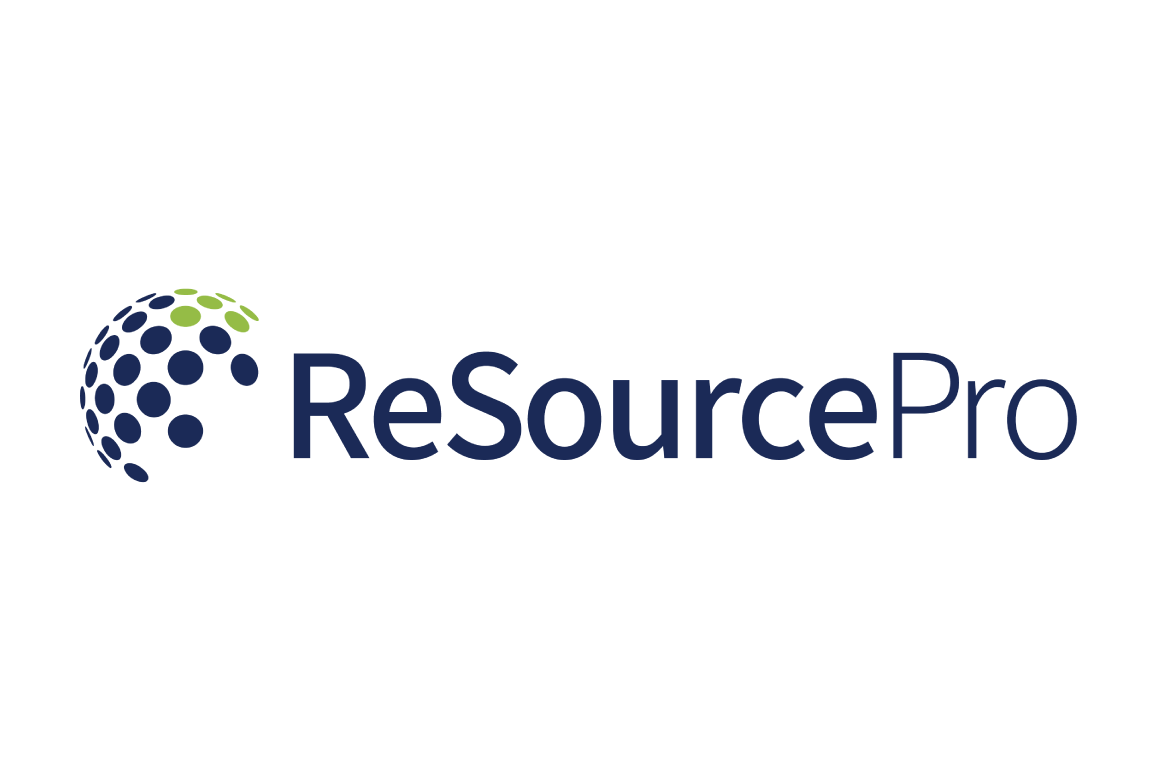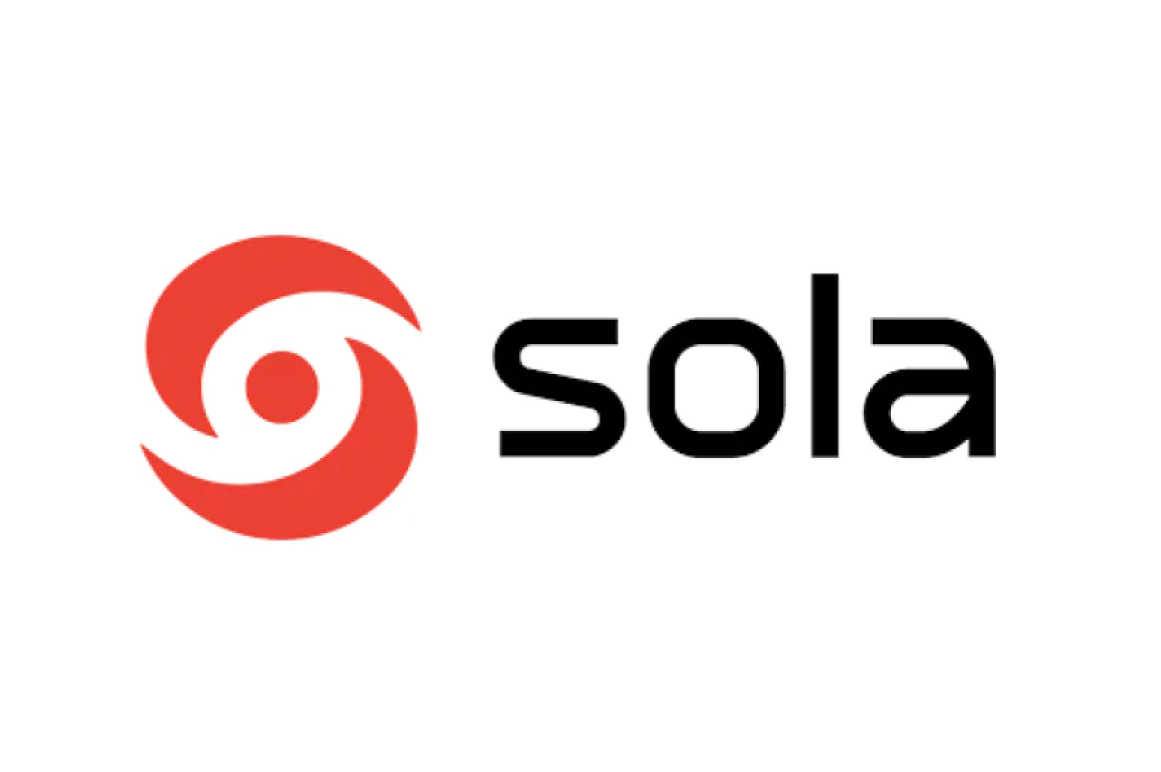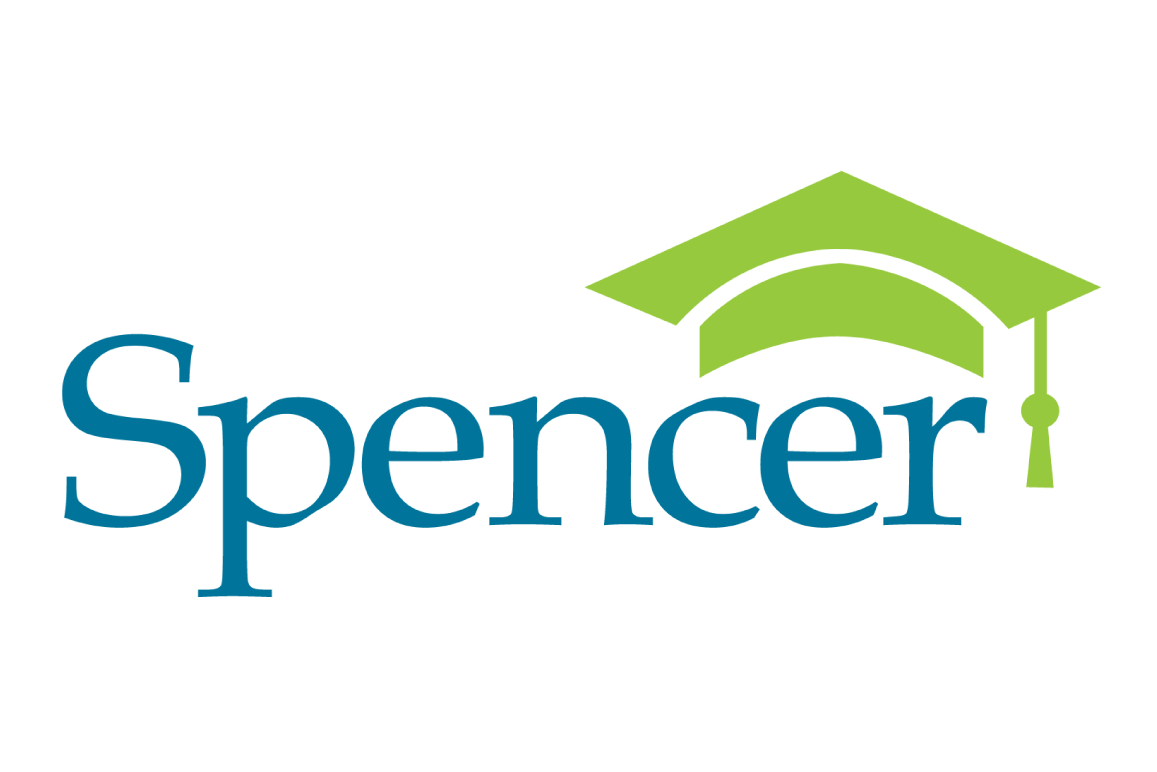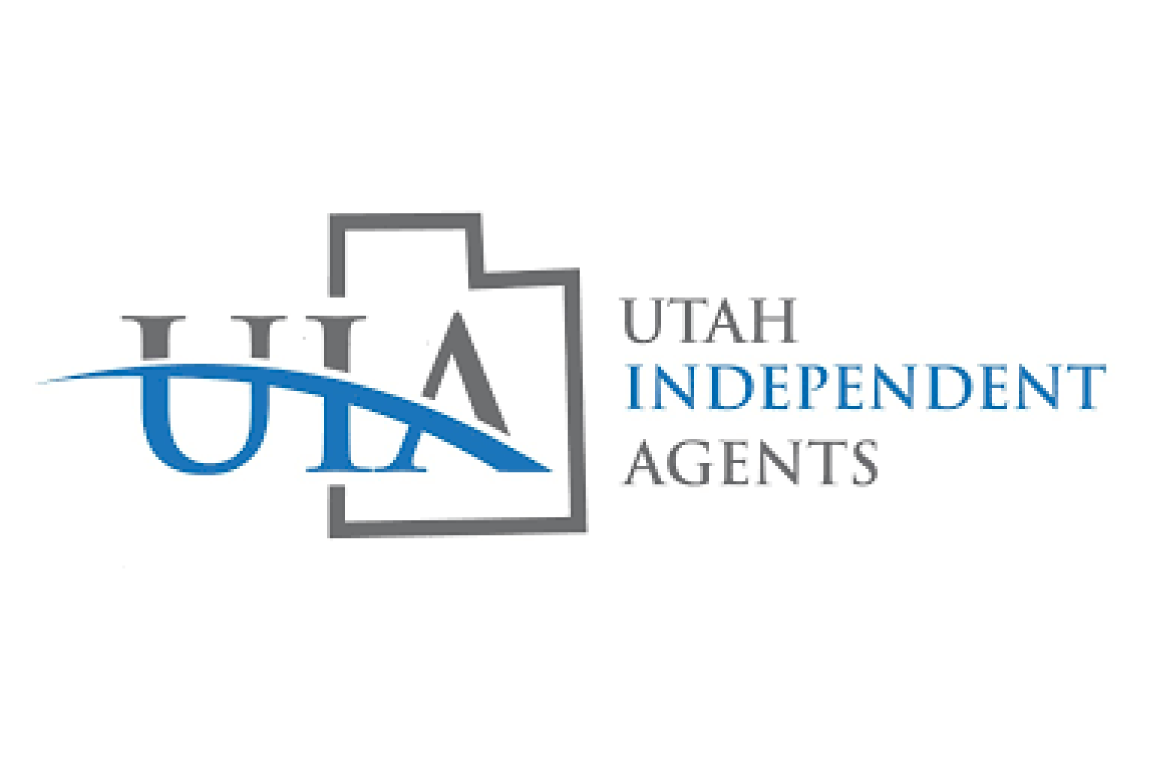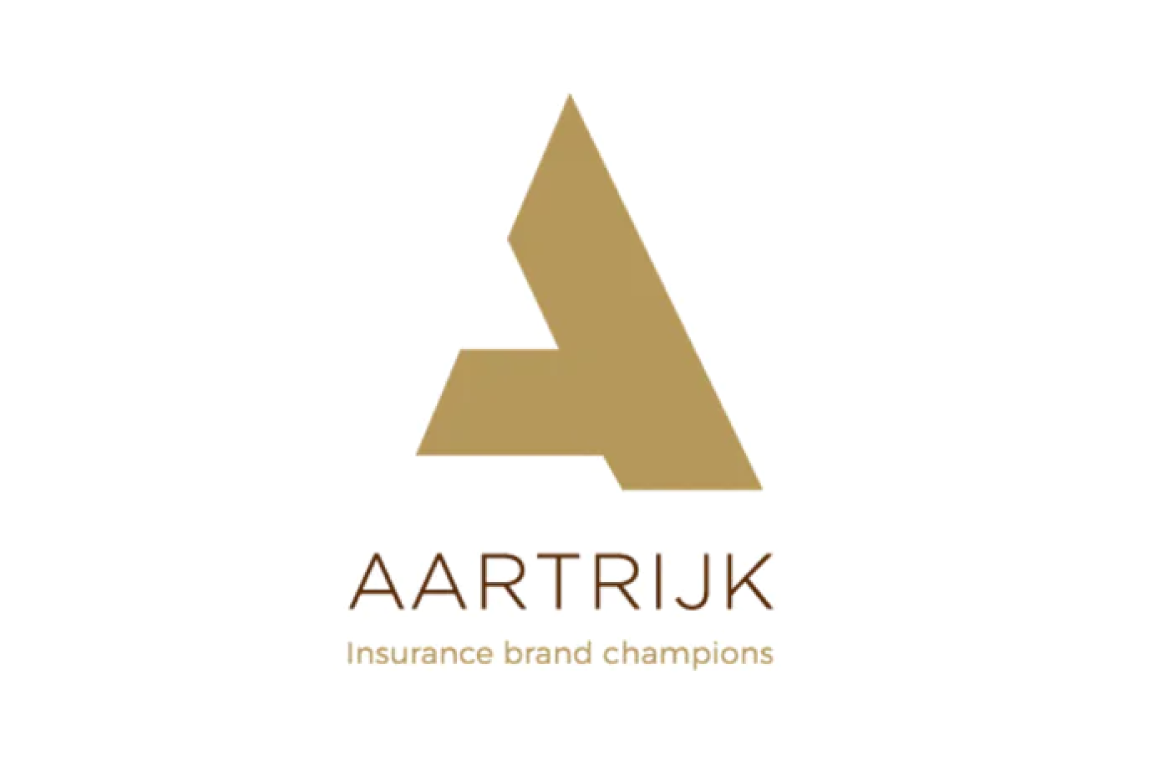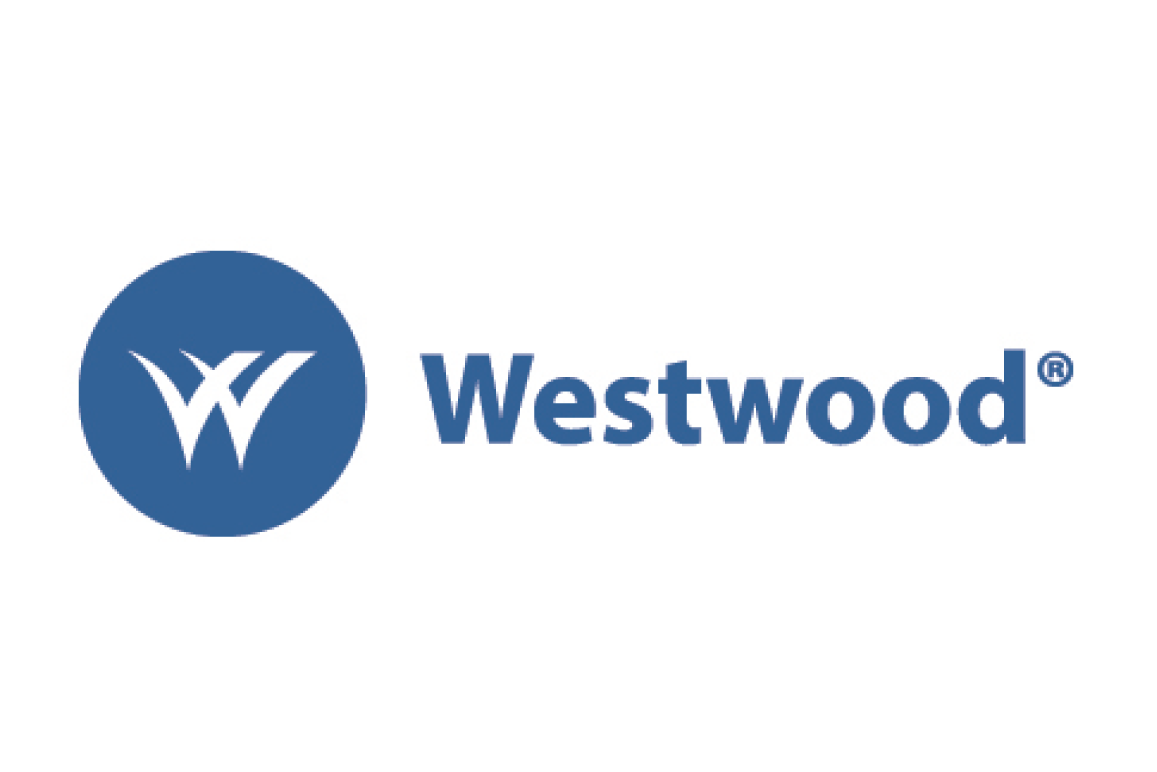–Paul Marin, CPCU, Director of Academic Content
Last January, I was intrigued by reports out of China that a new disease was spreading—something that was being called a “novel” coronavirus—Covid-19. It was given the number nineteen because the virus first emerged quietly in the Winter of 2019. I kept checking on the story and paid attention as it grew. There wasn’t much national news on it at the time, but the prospect of something big and awful brewing was captivating, like watching a hurricane form in the Atlantic. In February, I found a continuously updated graphic on the Johns Hopkins website that showed numbers of those affected and where the virus was spreading. I started checking the site regularly. I shared it with a few others, and we joked about whether the virus would develop into a pandemic like in the movies (the first known case in the US was still several days away). Well, we all know what happened after that.
At the National Alliance, we did what others in the industry were doing; we looked for ways to continue our work, to complete our mission, while adapting to the rapidly changing environment. After a couple of rocky weeks, we began to get our feet under us, planning some new ways of educating participants, providing CE and updates, and considering how all this would affect the insurance industry.
In early April, well into the national shutdown, we gathered our national faculty and friends for a couple of big conference calls regarding Covid-19. We consulted experts from our ranks on various aspects of risk management and insurance. They gave us their best guesses on the kinds of things we could expect from an insurance perspective. What would insurance carriers do? How would insurance policies be interpreted? What kind of claims and arguments for coverage would surface? What would the courts do? How would health insurance be impacted? We discussed all aspects of the growing pandemic and launched a new webpage: COVID-19 Conversations to keep our faculty and participants informed. Afterward, there was not much to do but see how it all played out.
So, where are we? And from an insurance perspective, how has it gone so far? In many ways, it’s gone just about as we expected, but then again, there were a few interesting twists.
One development that took many by surprise, but with a little creative thought, shouldn’t have, was the personal auto insurance markets providing discounts and returns to clients. Customers weren’t driving; their cars were parked at home for weeks. So, accidents and subsequent losses weren’t happening. It was an appropriate and smart marketing move and a very nice surprise. It was also a true reflection of what was happening to families. They were at home, and for the most part, stuck there.
As the summer progressed, families began to adapt to the new normal. Typical summer vacations were off, so family “quality time” went in a different direction. Recreational vehicle sales went through the roof, setting records. If the family couldn’t stay at a hotel on the beach, maybe they could camp somewhere in a nice new camper, away from others, and in compliance with new rules regarding distancing. Insurance professionals stepped in to advise clients on the need for additional coverage for recreational vehicles. But as the summer waned, moms and dads started thinking about autumn and a return to school. The spring semester had been wrecked, so perhaps some fresh approaches to education were in order. Home education pods became a thing, and new insurance worries popped up. Would homeowners policies protect insureds for these unfamiliar exposures? What protections would a teacher in this scenario have? Were there exclusions to address? What gaps in coverage would lurk in the background waiting to pop up?
From an insurance perspective, these personal lines issues seemed to be the easier side of the coronavirus pandemic to address. The commercial insurance issues were of far greater concern, both in size, financial impact, and complexity. So, how has commercial insurance been impacted by Covid-19?
The biggest issues at the outset were workers compensation, business income claims on commercial property, and possible immunity from liability. And on these, our faculty experts were on the money.
Experts predicted that claims for workers compensation would necessarily be handled on a case-by-case basis, since certain occupations would have an easier time making a claim for Covid-19 infection based upon their greater exposure to the disease as compared to others working from home, or perhaps in an outdoor environment. In fact, workers compensation carriers published their intention to handle claims with precisely this approach. Since the outset of the pandemic, many states have passed legislation or issued executive orders that established a “rebuttable presumption” as it relates to employee infection with Covid-19 for certain occupations, while other states are considering the same approach. This rebuttable presumption maintains that an employee infected with Covid-19 is assumed to have become infected with the illness in the course of employment unless the insurer can show otherwise. The National Council on Compensation Insurance has been tracking these occurrences.
Regarding business income claims made due the governmental shutdowns, the cases have been fairly predictable. Most insurance professionals thought the language of the property policies was straightforward and clear. The coronavirus didn’t cause direct property damage, a predicate for coverage, so any claim for loss of income due to a suspension would not be a covered loss. Of course, the court cases on those issues were inevitable. State cases and federal cases were filed all across the country. One federal case out of Georgia ruled that an interpretation of the policy for coverage “exceeded any reasonable bounds of possible construction.” In a state case in Florida, a beer and wine distributor’s suit (Harvest Moon Distributor, Inc. v. Southern-Owners Ins. Co., No. 6:20-cv1026, Order (M.D. Fla. Oct 9, 2020)) was dismissed because they failed “to allege enough factual matter to plead coverage for lost business income.” Other cases in states such as Michigan and Texas reached similar outcomes. However, one recent case in North Carolina may have given hope to the restaurant plaintiffs where a state court ruled that the language of the specific insurer’s policy provided coverage in that it made a distinction between “physical loss” and “physical damage” to the property. No doubt, these rulings will ebb and flow through the court systems in the months and years ahead.
In the area of liability and Covid-19, immunity has been a big issue. Both the federal government and states have been wrestling with who may deserve immunity as a practical matter, such as medical facilities, or as an economic matter – to save industries who could be crushed by litigation. In an election year, hope for something definitive is perhaps too much to ask for, but the issue is worth watching.
Finally, how should the industry and the country adapt to the new reality of the impact of future pandemics? Well, people are talking. Industry leaders such as the American Property Casualty Insurance Association, the National Association of Mutual Insurance Companies, and the Independent Insurance Agents of America have been exploring ideas for helping businesses recover and reopen in a future scenario. One idea is a federally funded affordable layer of business income primary coverage that would be available to all businesses, with private excess coverage layered above. Considering that the business income losses of main street businesses alone during a shutdown are estimated to be from $200 to $400 billion per month, a federal government program may be the only realistic solution in the future.It’s safe to say that we haven’t seen anything quite like this before in the insurance industry. Perhaps terrorism and 9/11 should have opened our eyes, but here we are. As we always have, insurance and risk management professionals will continue to work the problem. We may have a long way to go, but I’m confident we will get to a more stable place. We’ll keep watching.
